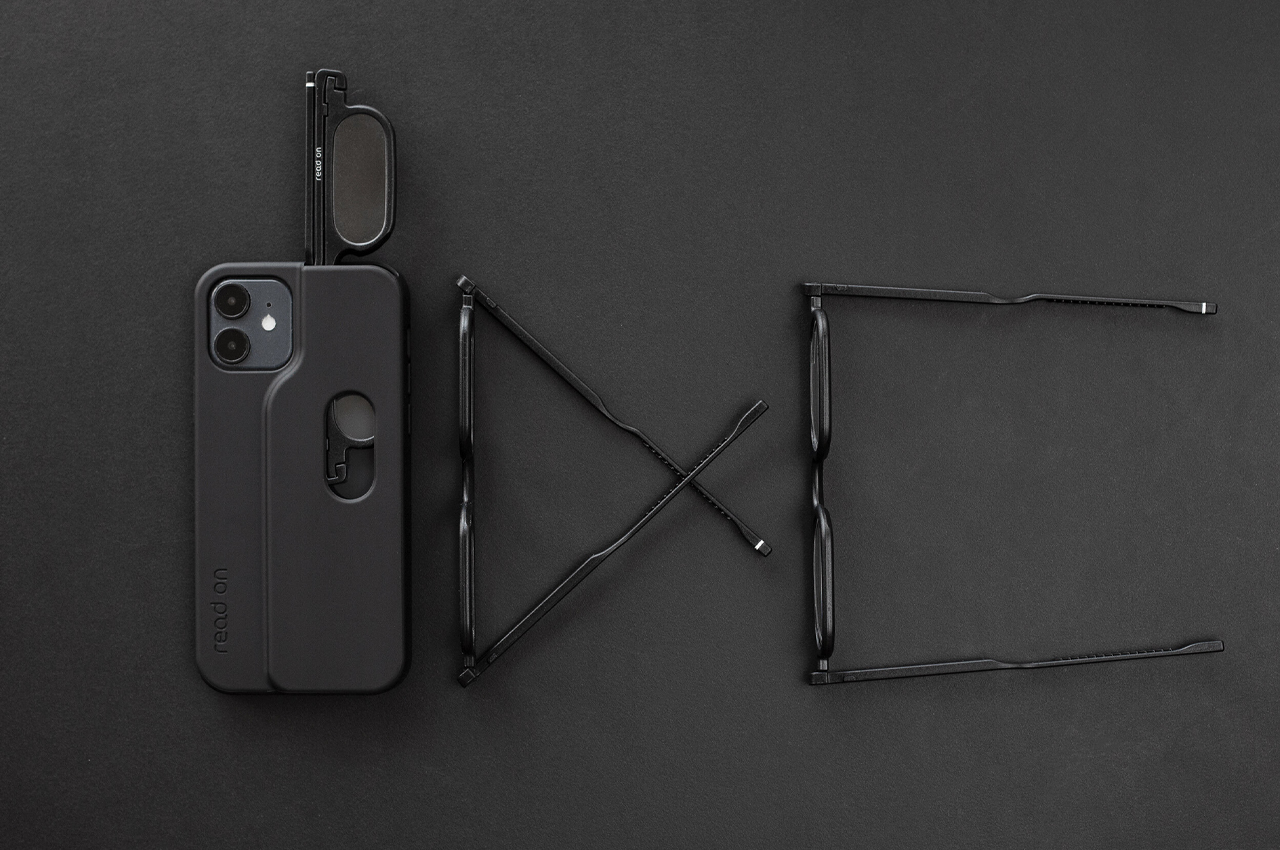
Picture this. You’re out at a friend’s place (seems implausible given this ridiculous pandemic, but bear with me) and you’ve got contacts on and it turns out you need to spend the night. You’ve got nowhere to stash the lenses so you decide to ditch them, but you forgot to carry your spectacles too. Or imagine you’re traveling someplace and your contact lens relocates inside your eye (or pops out) and suddenly you’re visually compromised because contact lenses are the goddamn worst. Would be nice to have spectacles handy, right? Well, with the Read On iPhone Case by Sol Sol Ito, you don’t have to worry about losing your lenses, because this nifty iPhone case comes with its own pair of glasses docked inside it.
Industrial designer Sandra Kaufmann and artist Monika Fink first attempted to design a pair of lightweight sunglasses that could be folded to save space. Leaning on the inherent foldability of eyewear, Kaufmann and Fink designed a pair of folding reading glasses that are slim enough to slip into the back of a phone case for storage. Reaching a total height of only 4mm when folded, Read On glasses hardly add any size to the accompanying iPhone case, only a slightly raised finger grip. The polished correction glass is only 3.7mm thick, allowing the slight overhang of the frames to protect the glasses from scratching when tucked in and out of their slot. The brackets’ design also allows the glasses to be folded down to one plane, enhancing their slim construction.
Whether you’ve had to ditch your contact lenses, or you’re in a dimly lit restaurant, or need to read the washing directions on clothes tags, Read On makes reading the fine print that much easier. With Read On, the days of scrambling around the house looking for your glasses with five minutes to spare are over. Integrating a pair of reading glasses into the build of an iPhone case keeps your glasses on hand without the extra bulk and time spent looking for them. Sure, you forfeit the ability to be able to wirelessly charge your iPhone with the case on, but it’s a small price to pay for having clear vision, isn’t it?
Designer: Sol Sol Ito
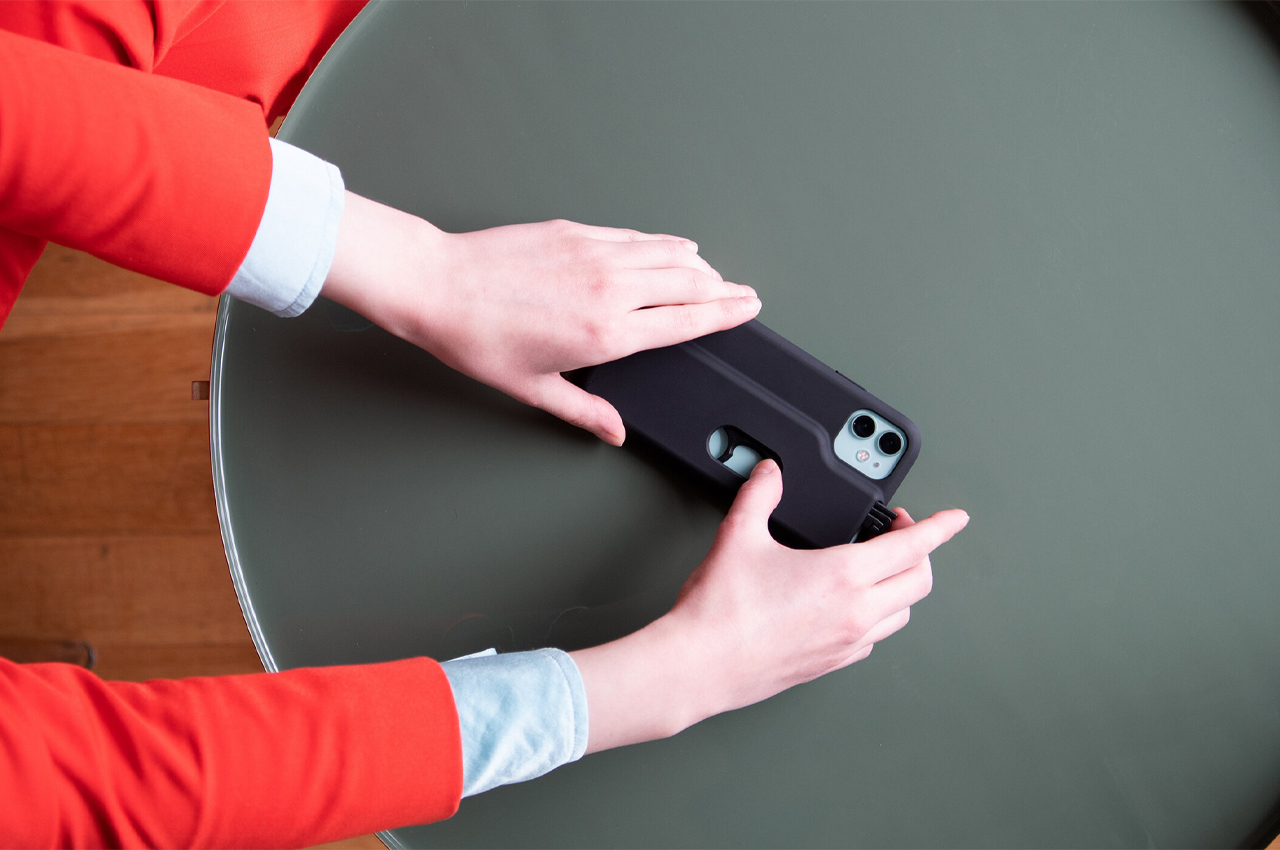
The discreet storage compartment for reading glasses appears as only a slightly raised finger grip.
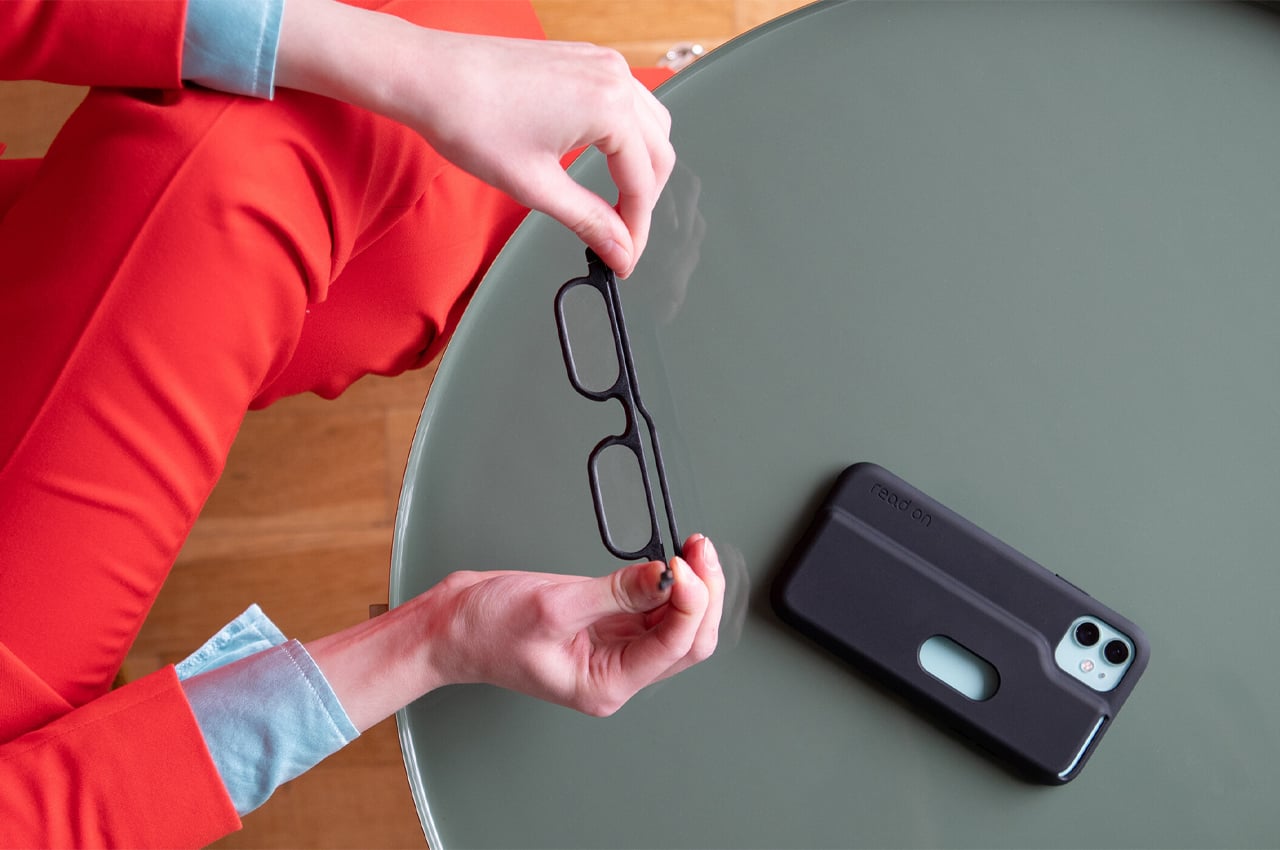
The reading glasses have a unique design that allows them to fold down onto a single plane.
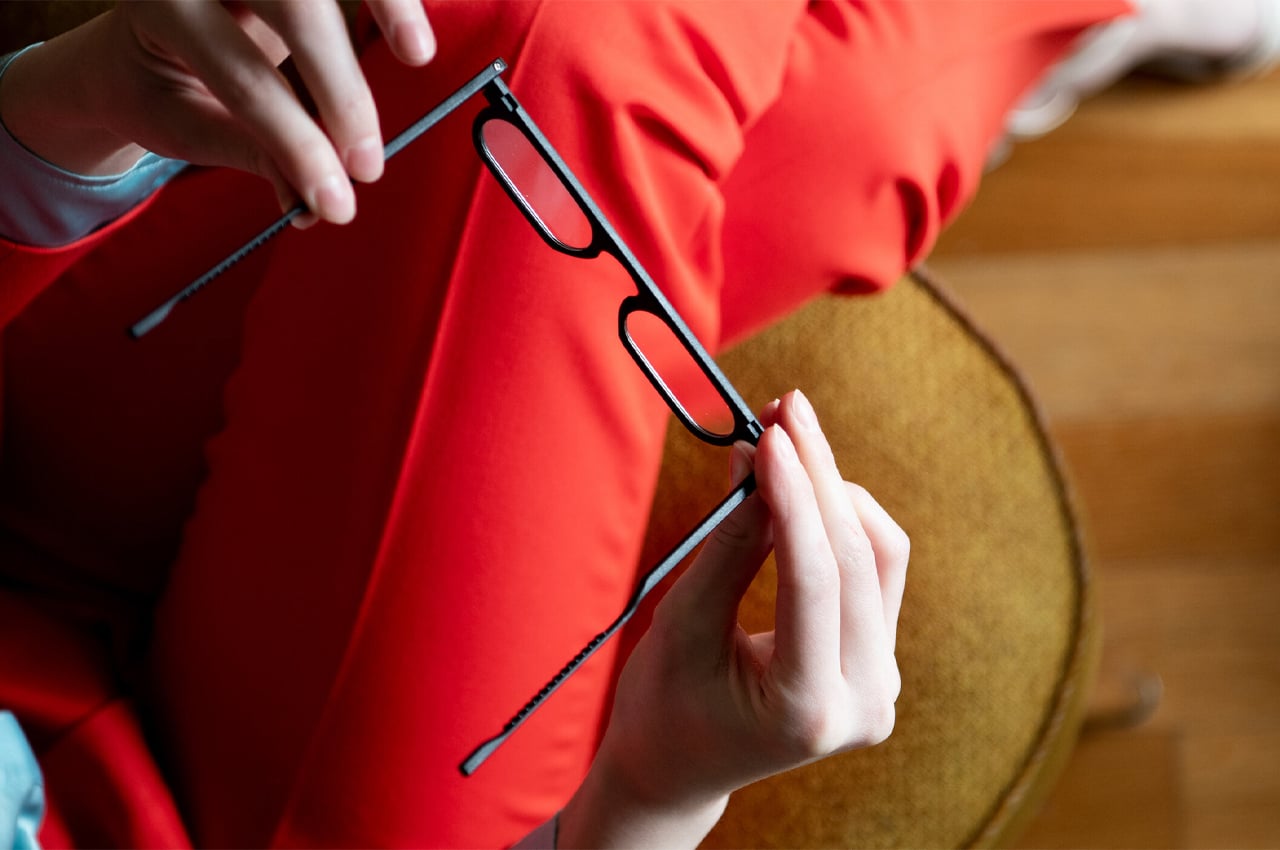

The reading glasses feature Sol Sol Ito’s lengthy, signature temples.

The reading glasses are simple and slim to slip easily into the iPhone case and get their job done.
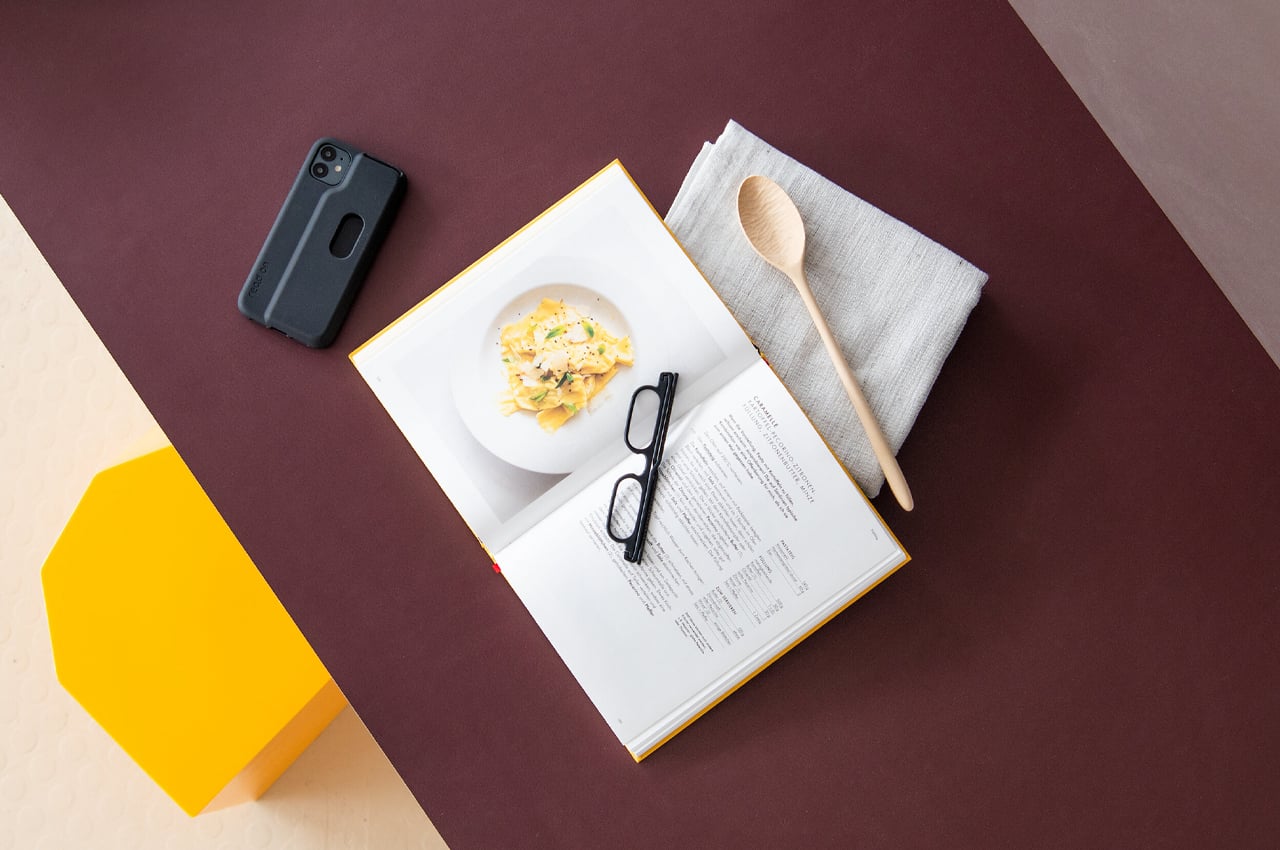
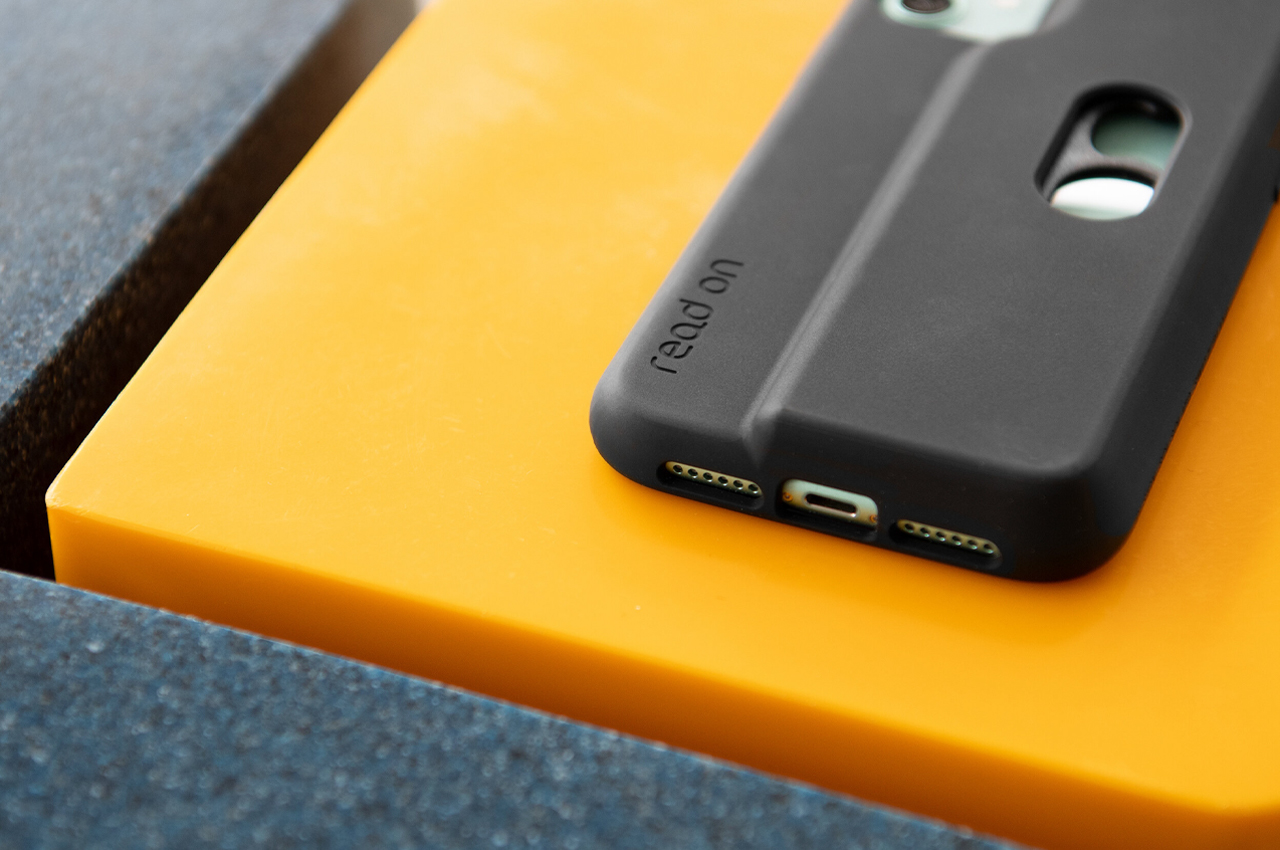
Read On’s case features slots for the iPhone’s microphones and charging ports.
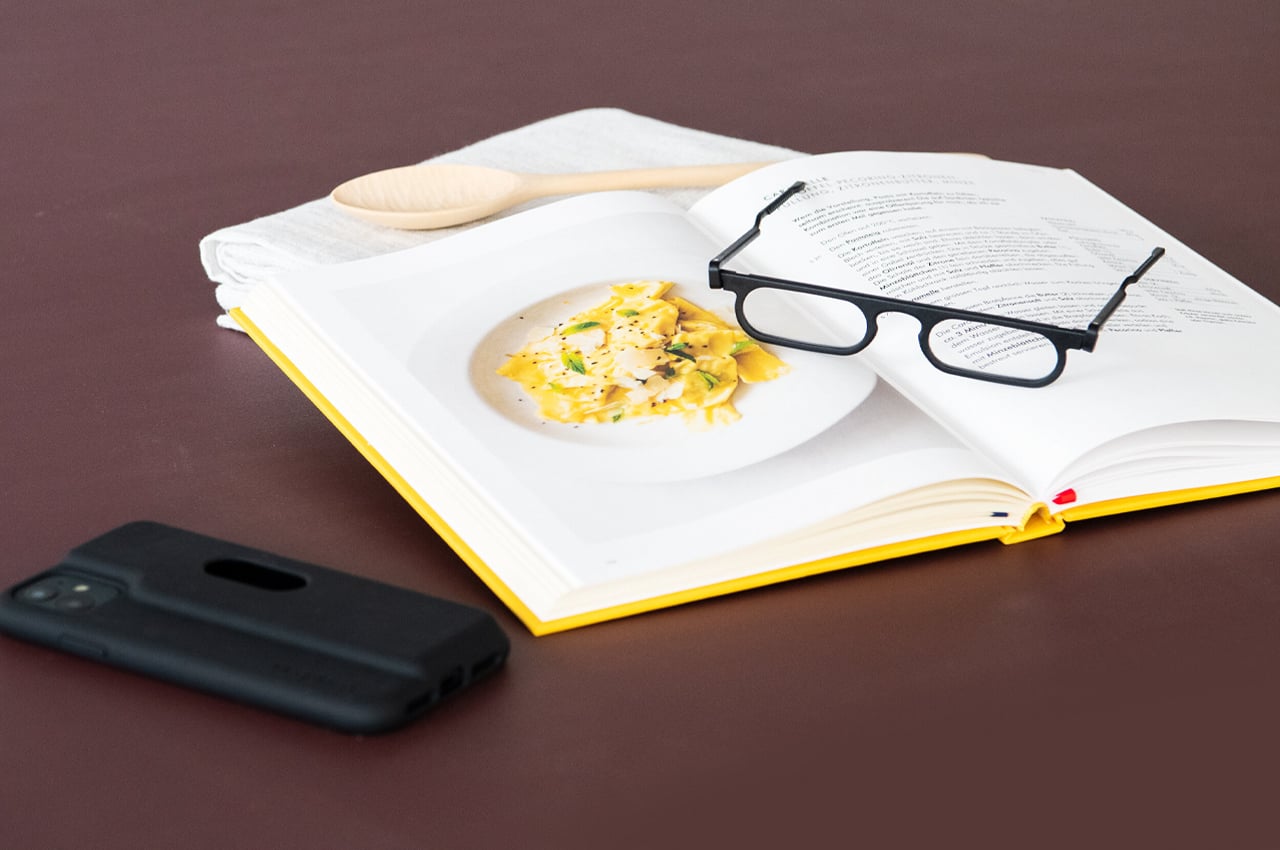
Reaching a maximum height of 4mm when folded, Read On’s glasses are built on a slim design.
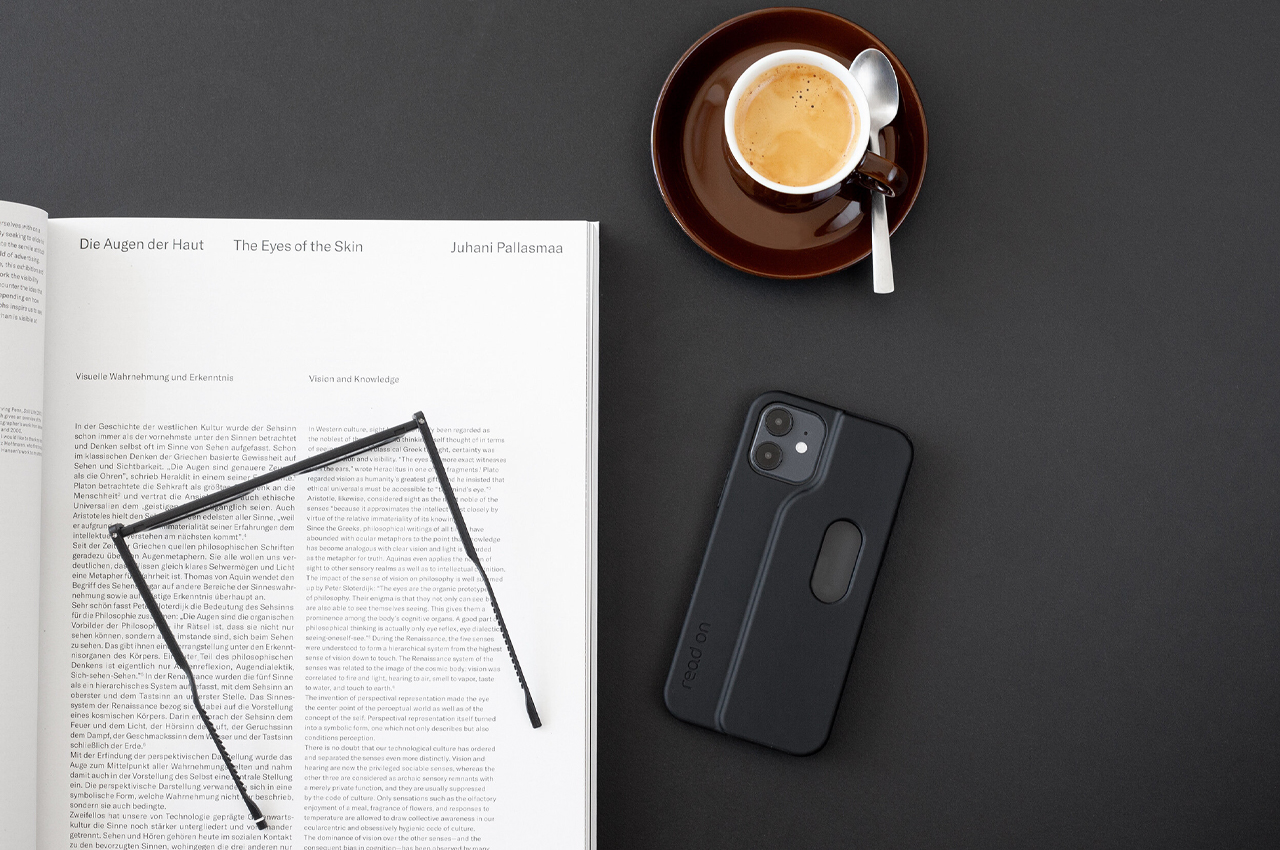
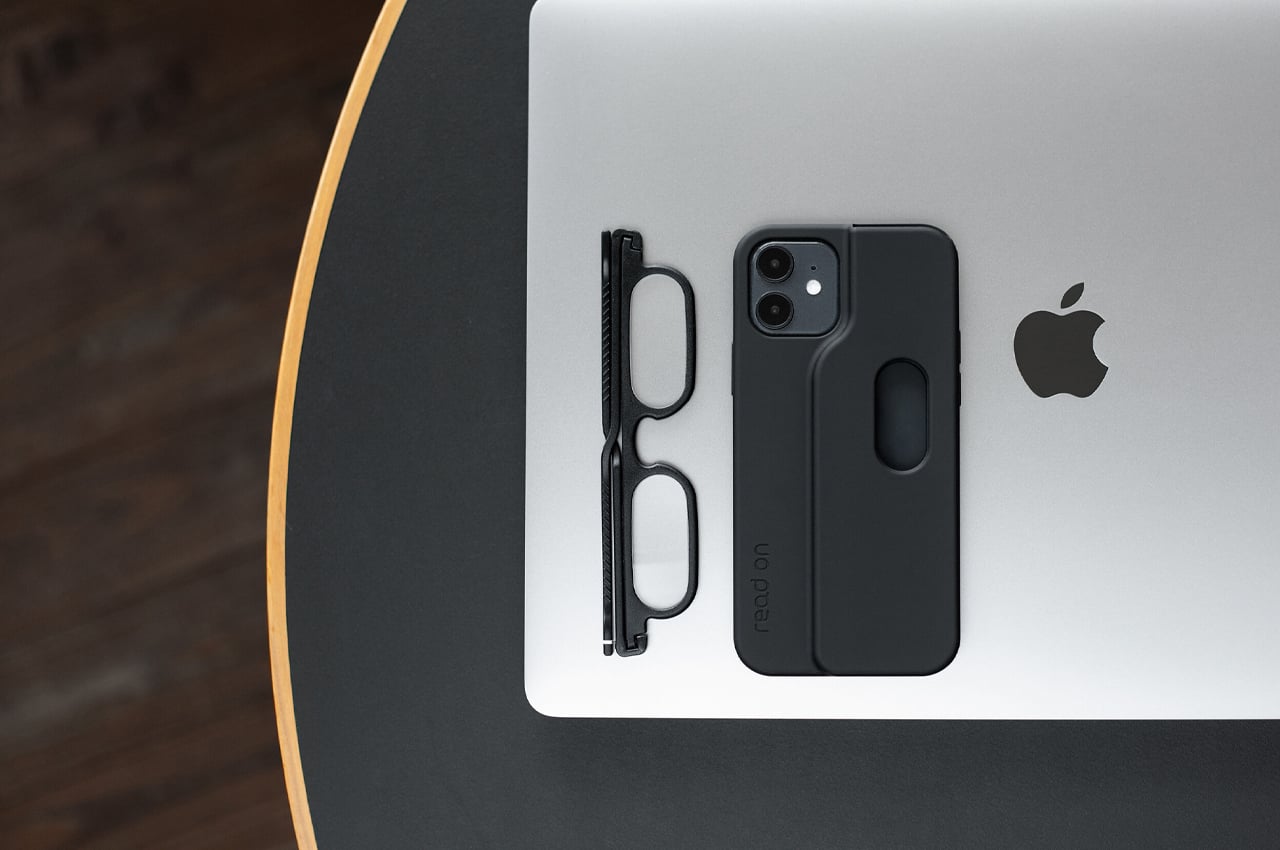
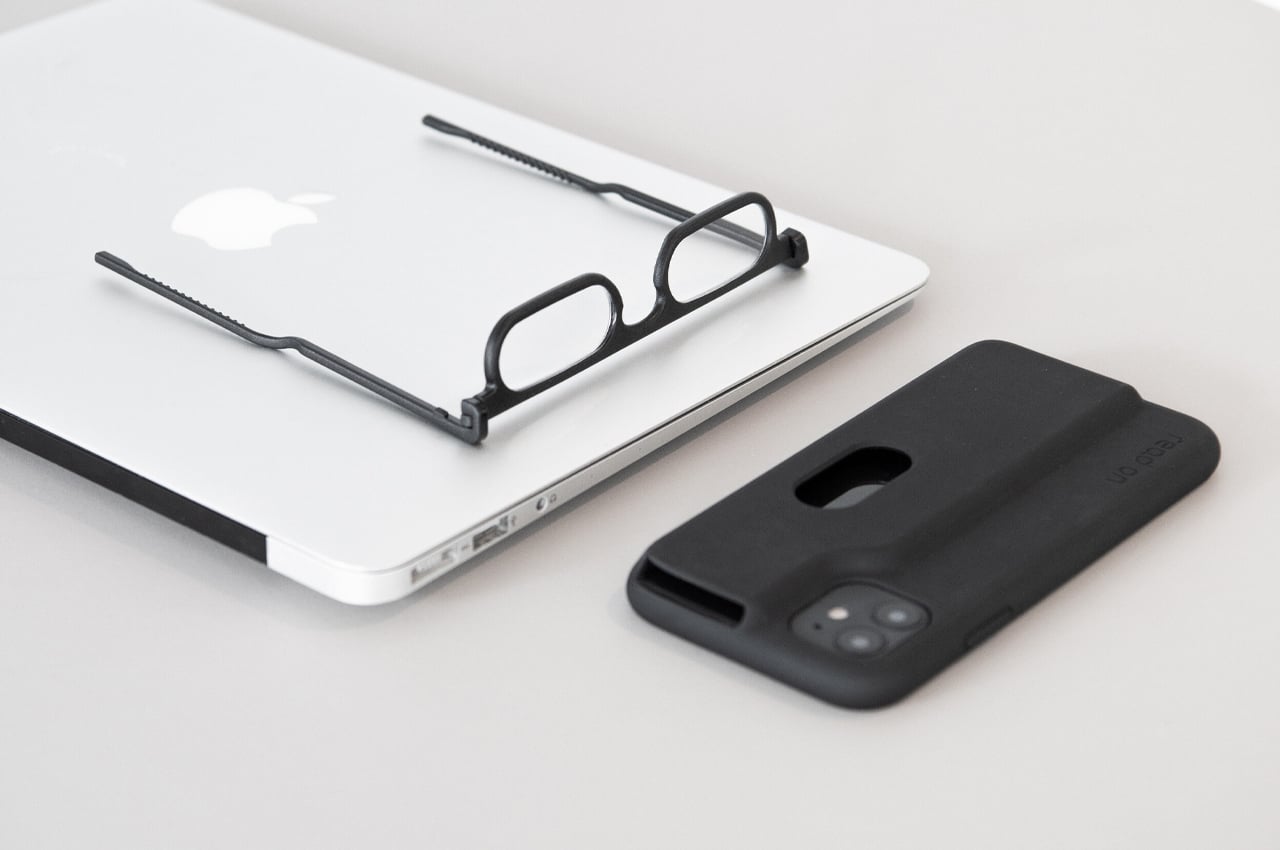
Read On’s unique brackets protect a 3.7mm thick lens that allows them to fold into one plane.


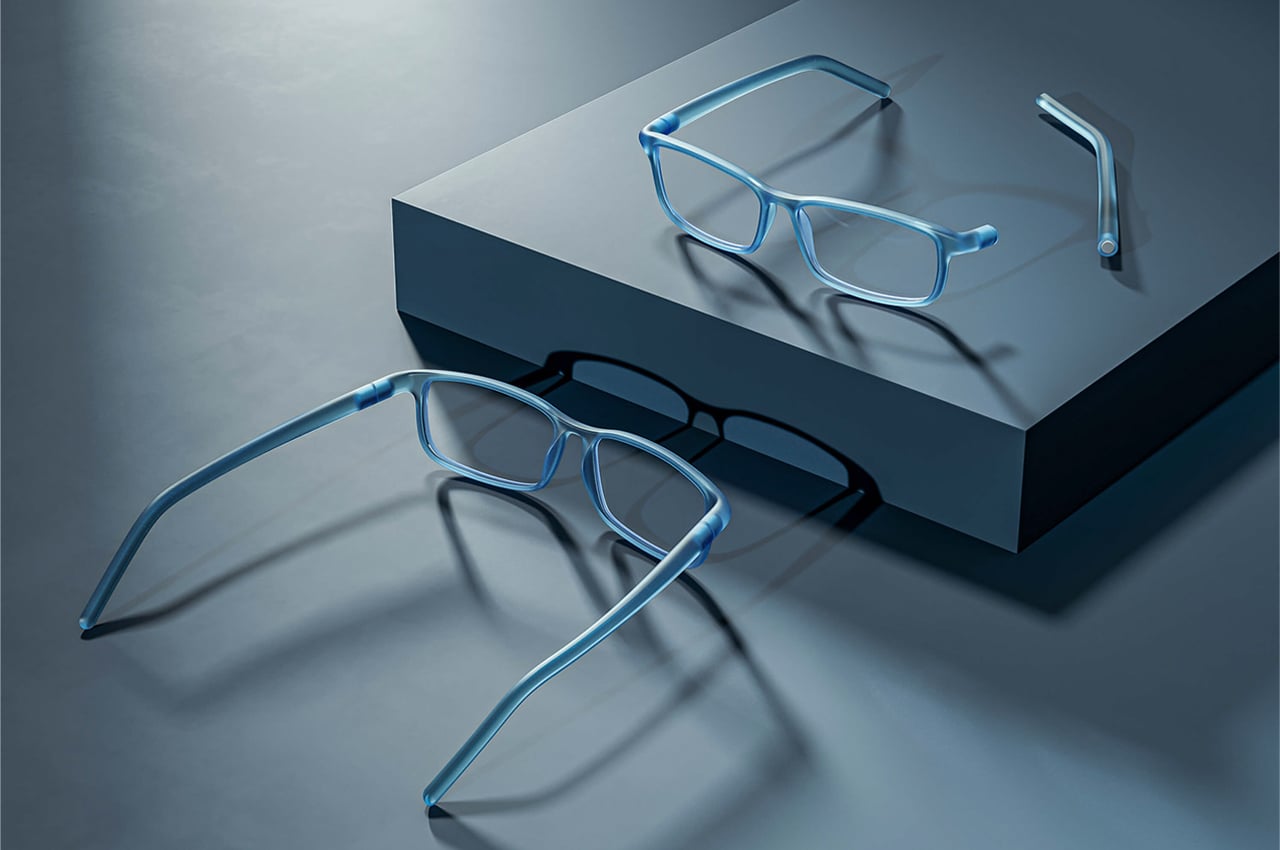
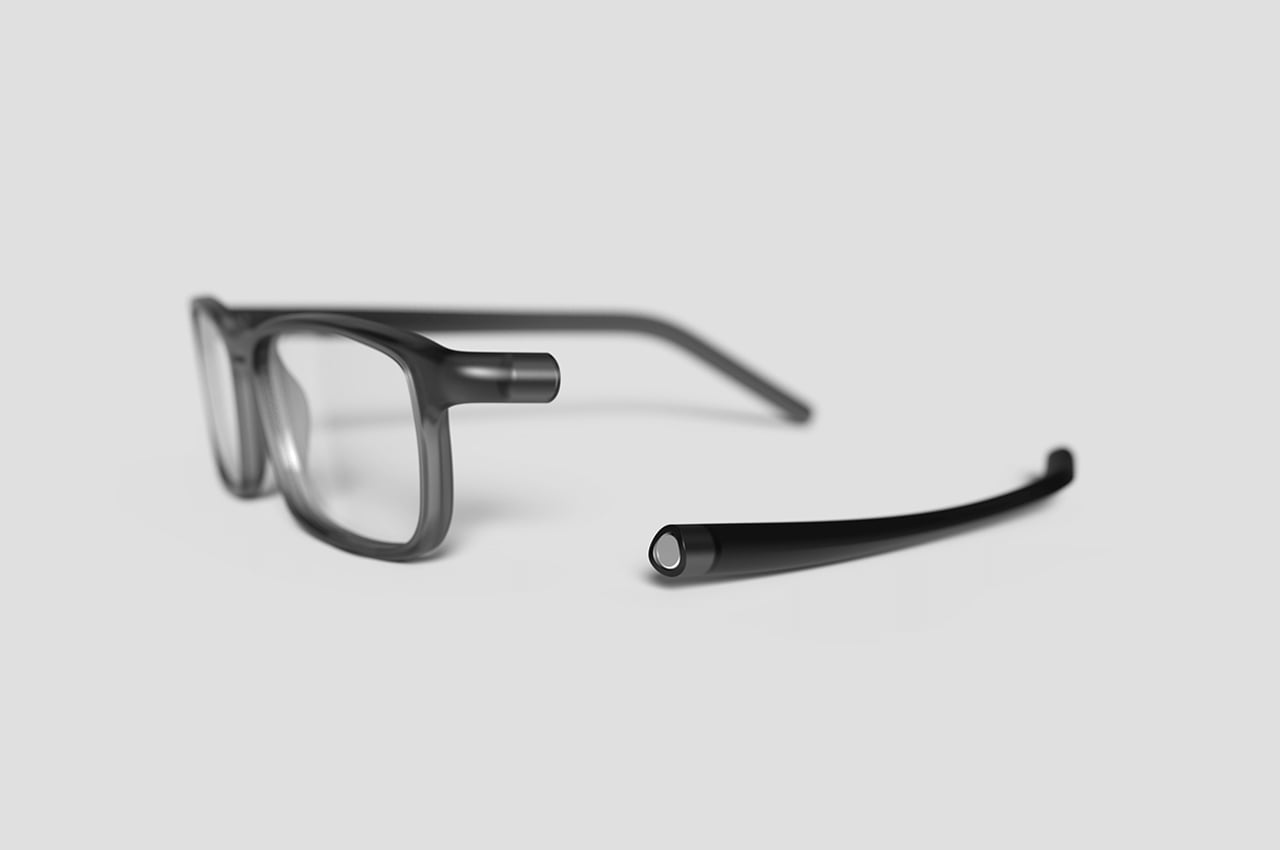
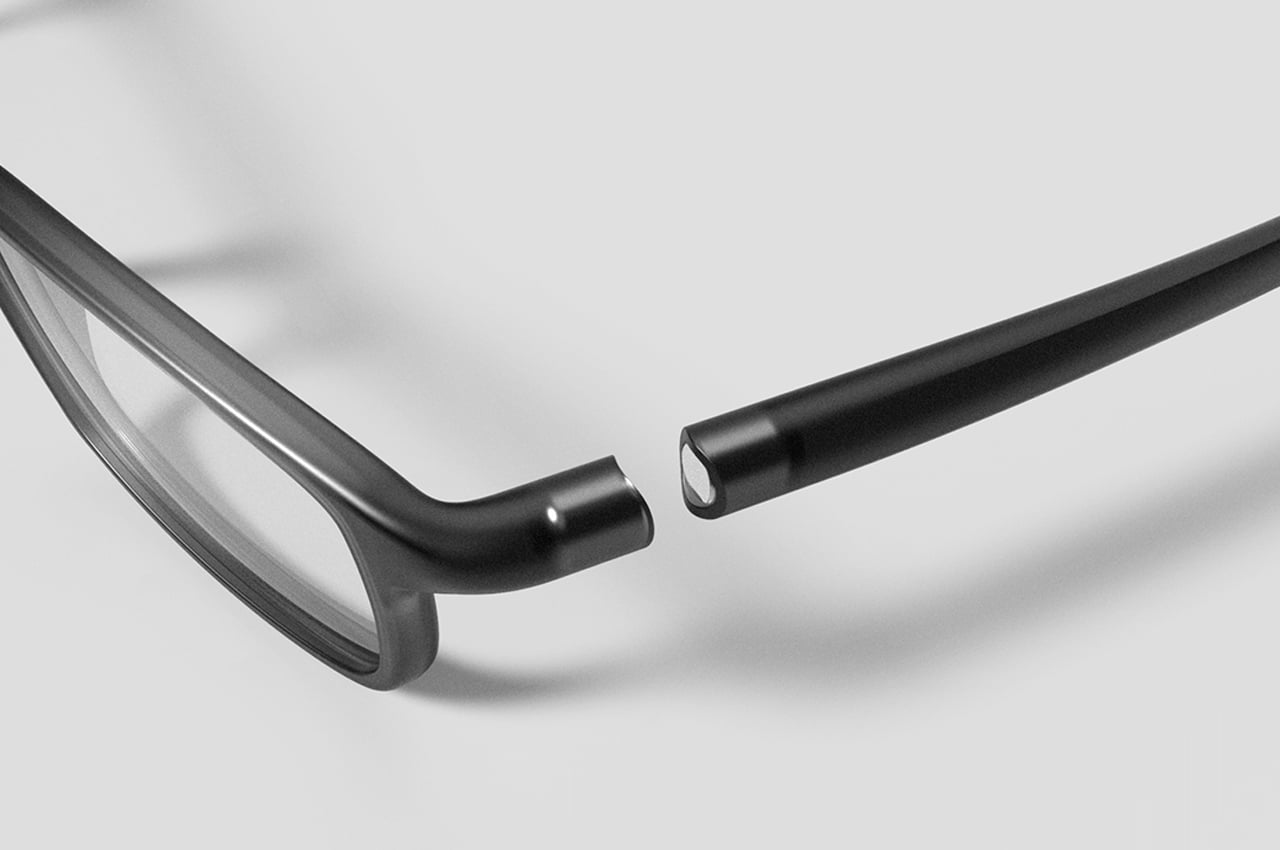
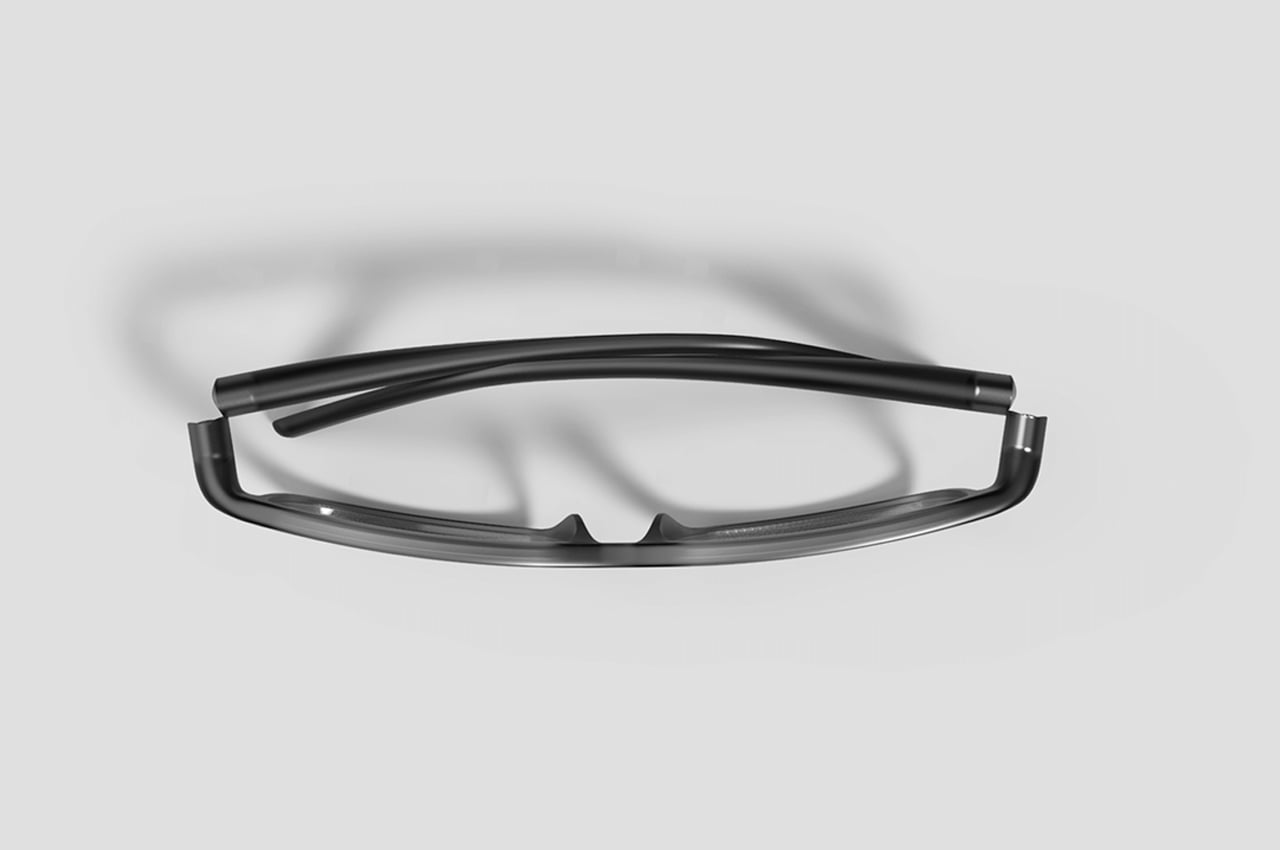
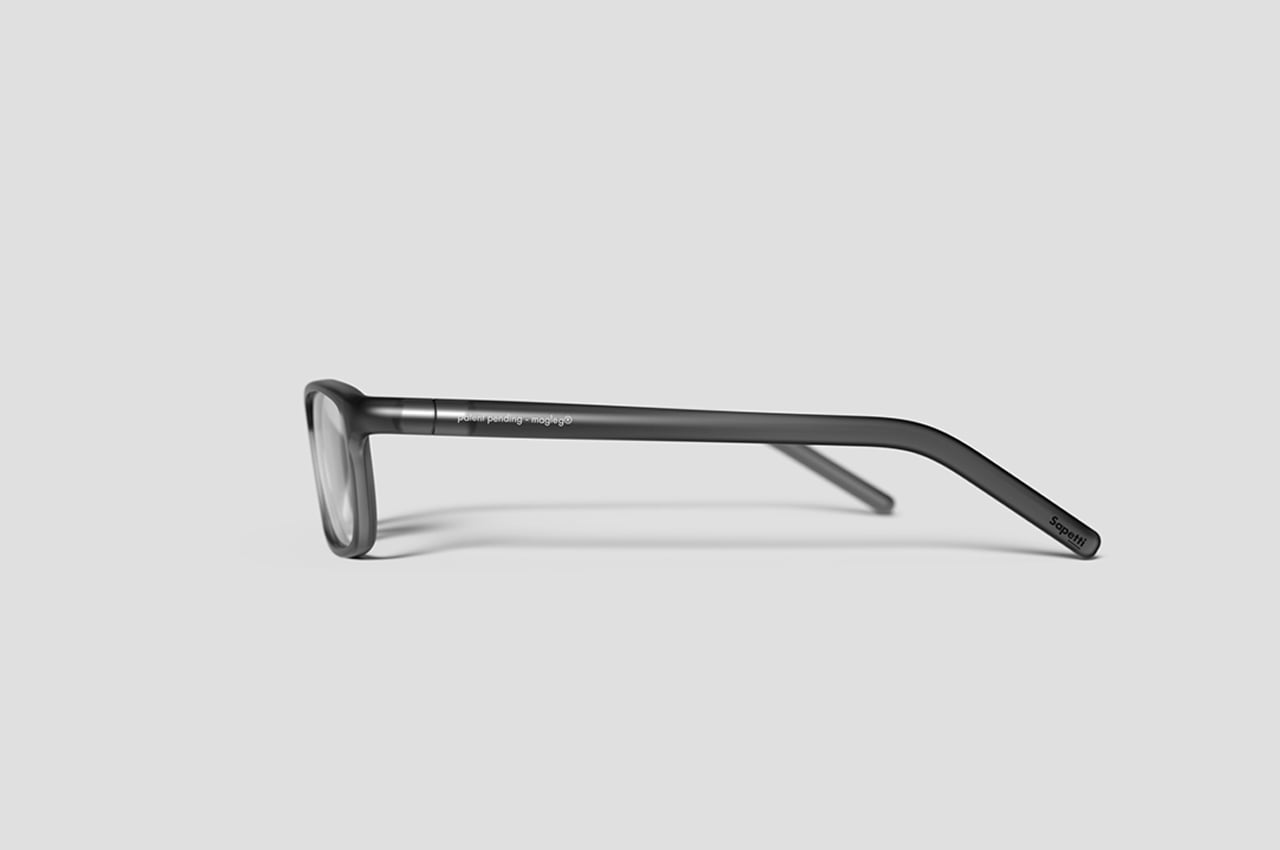

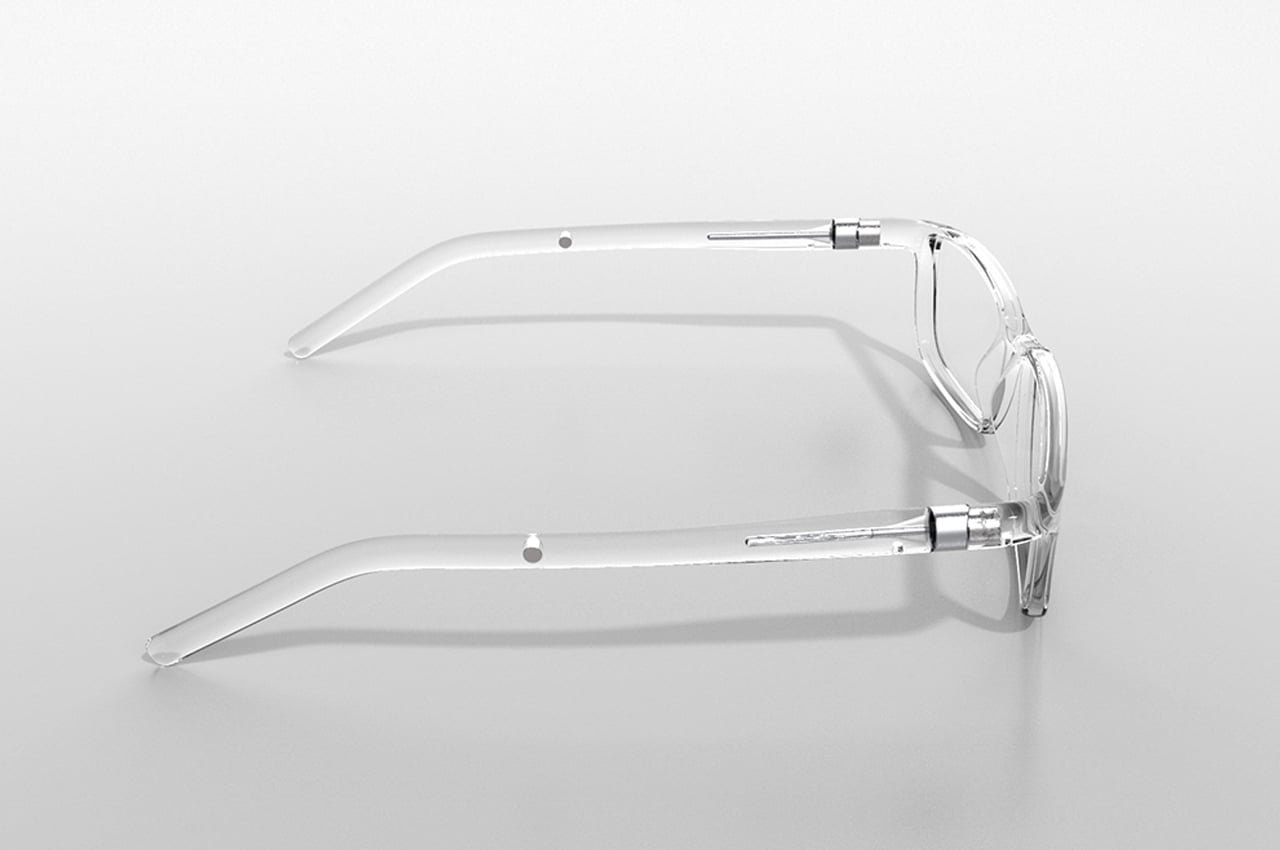

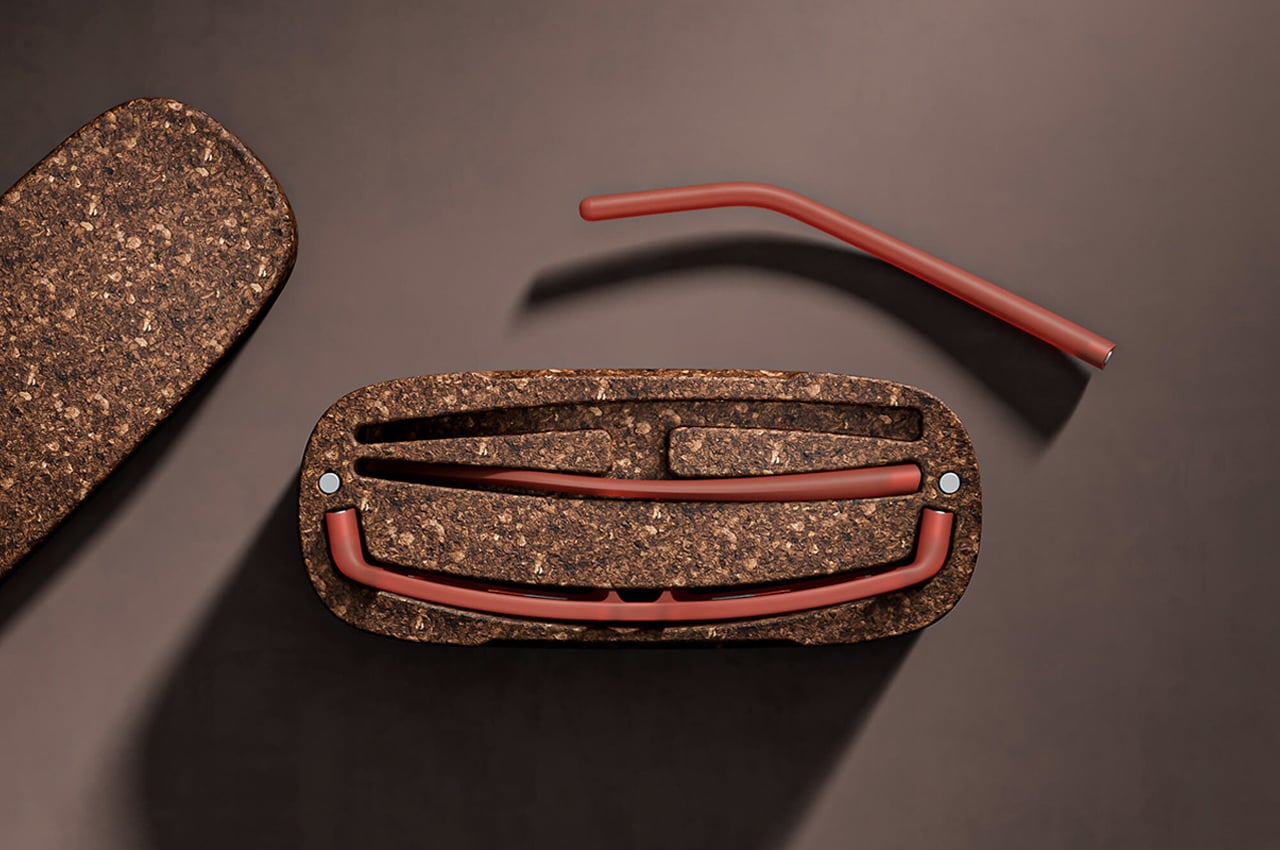
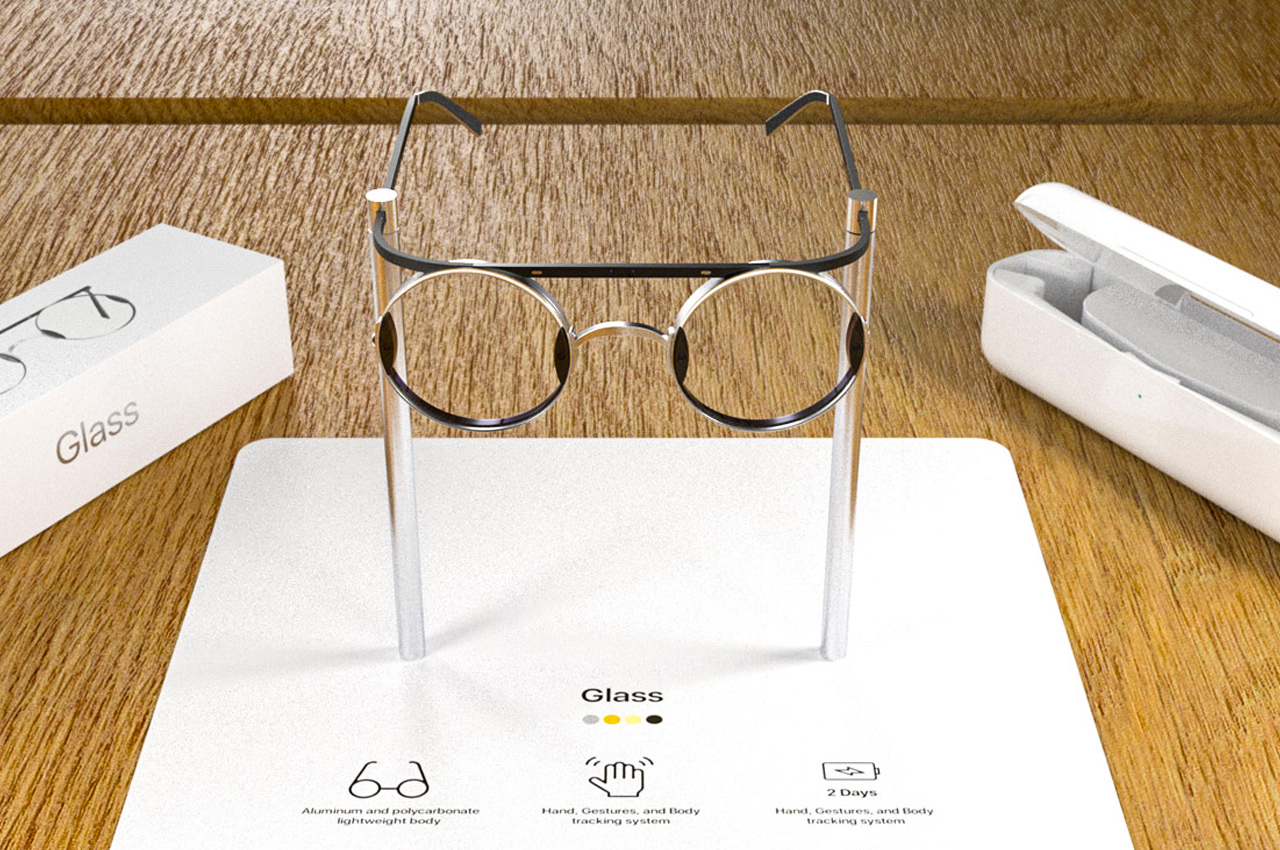
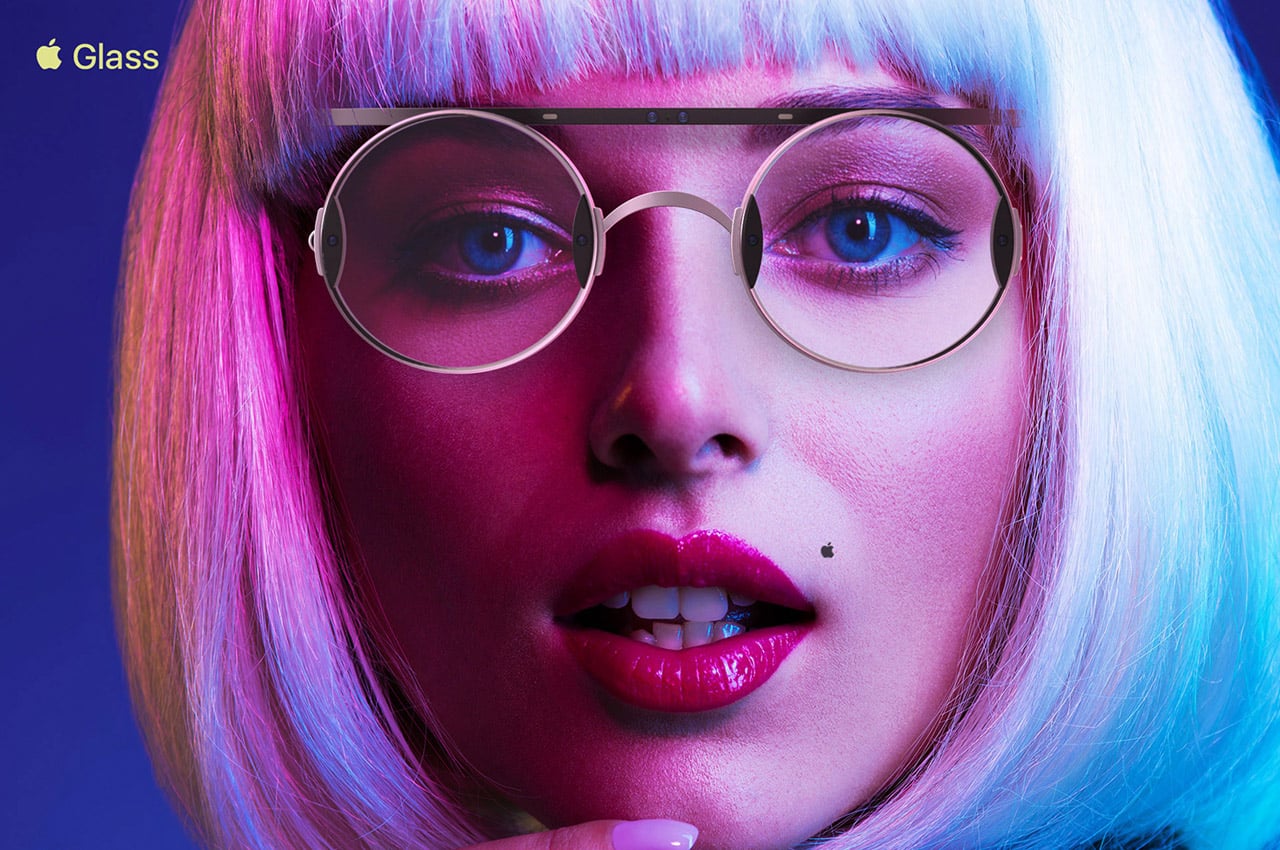
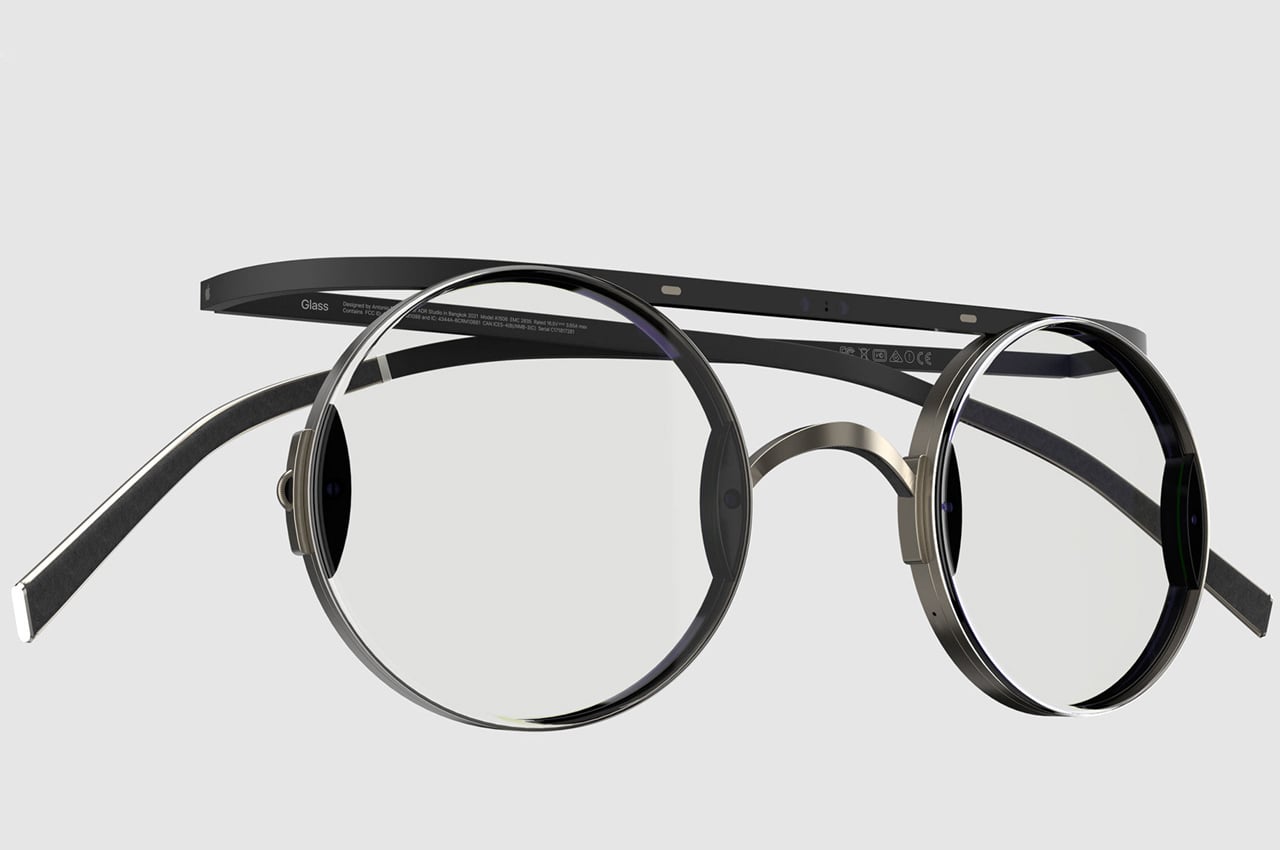
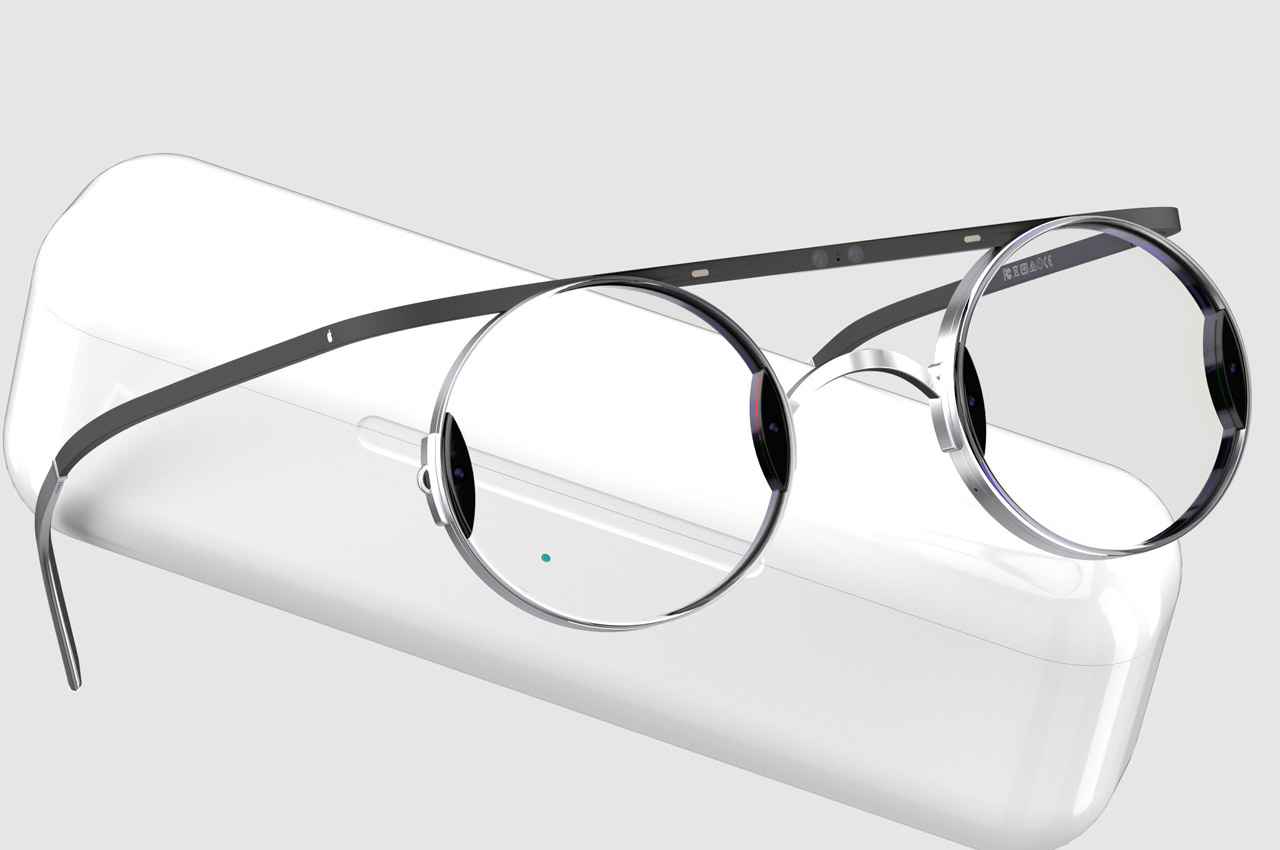
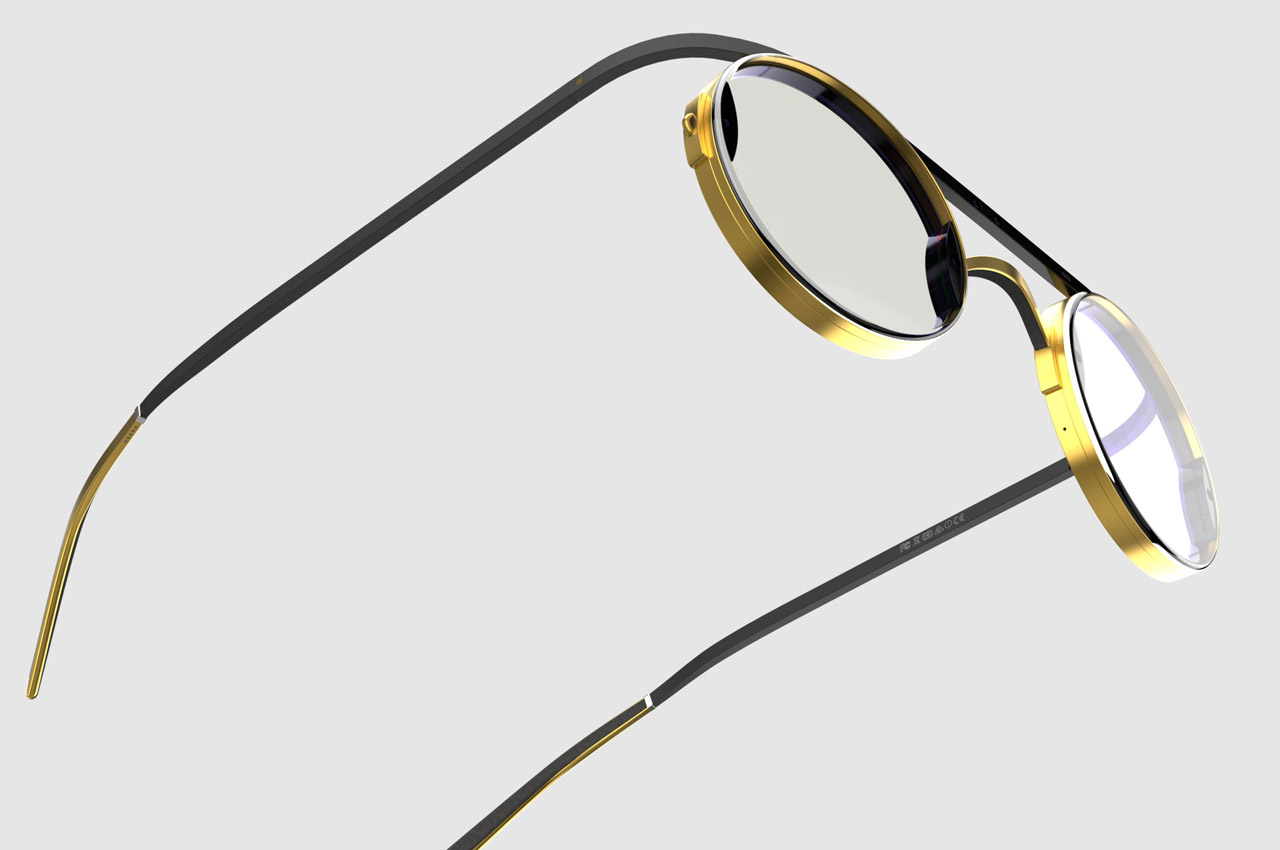
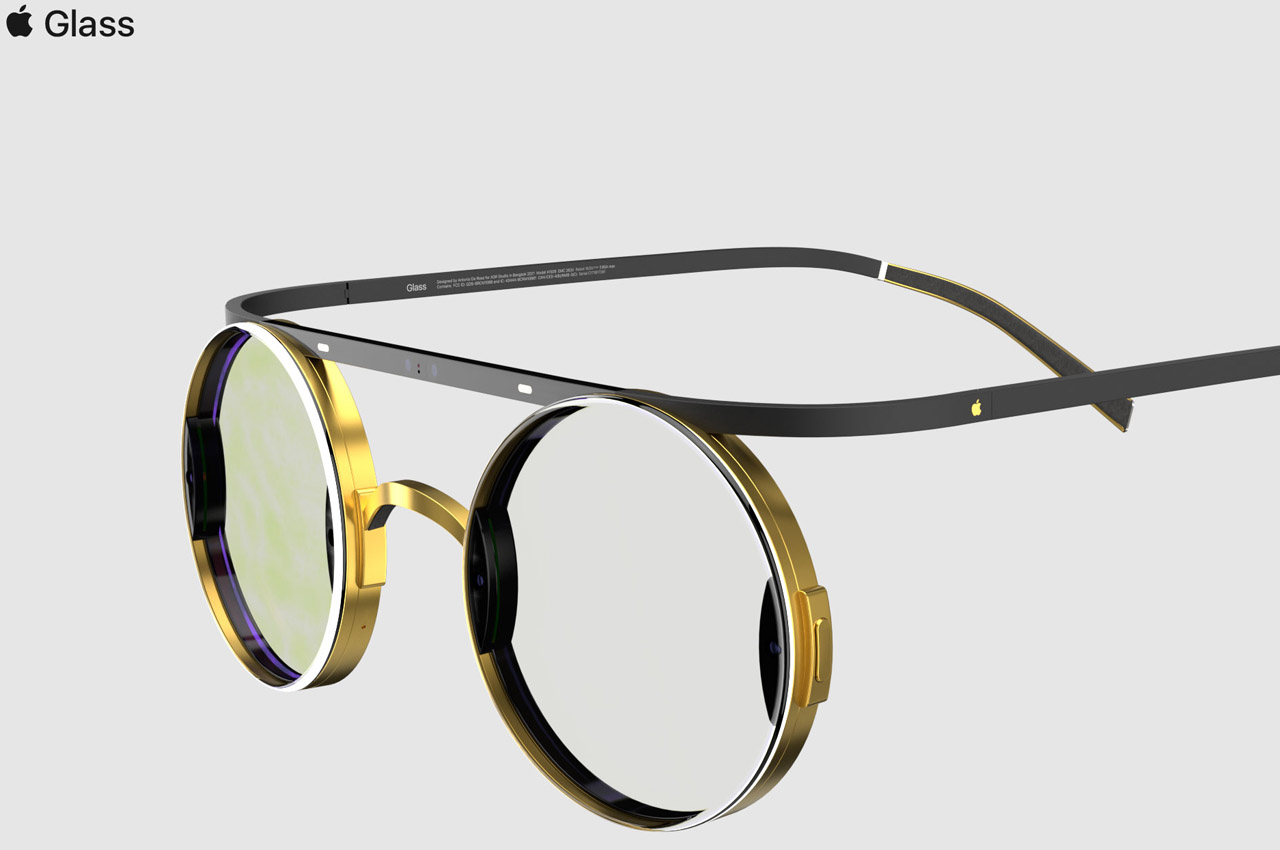
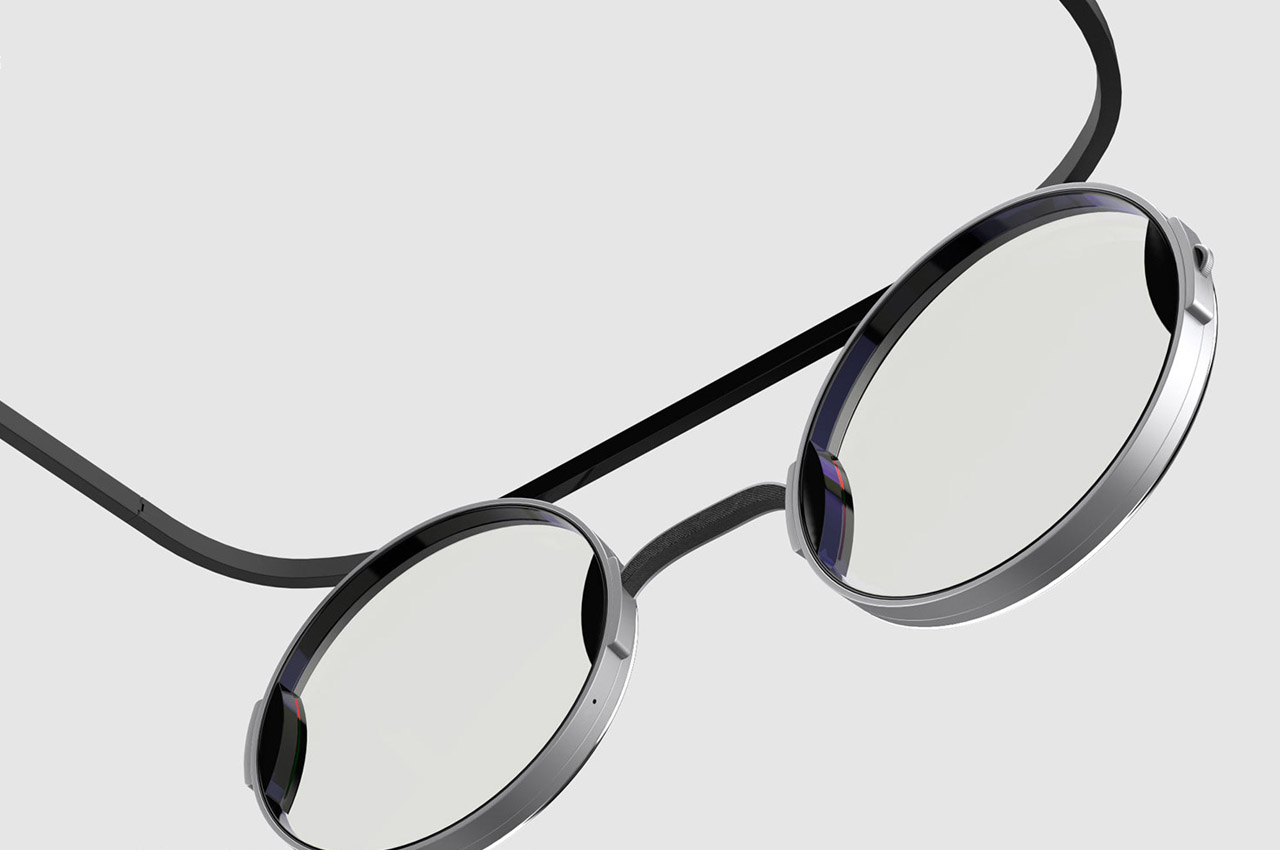
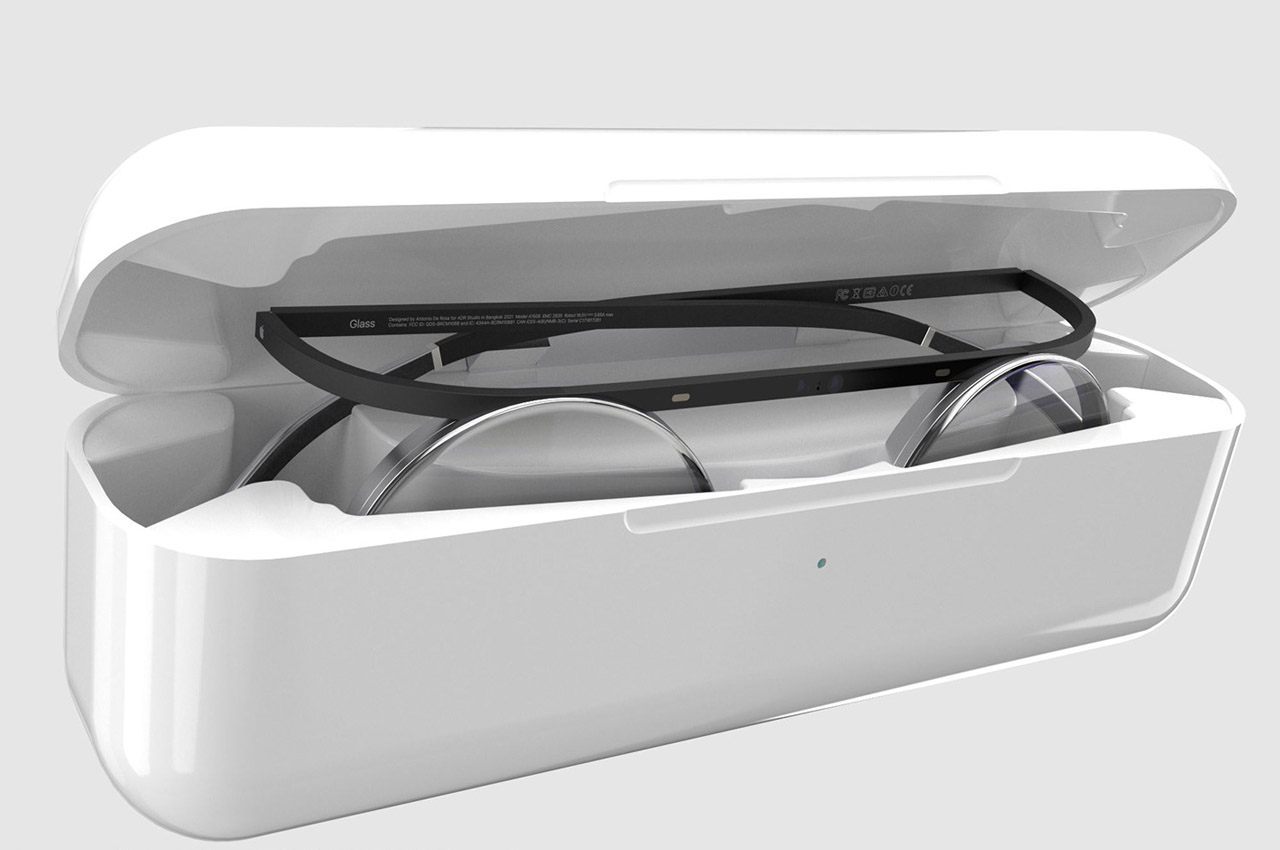
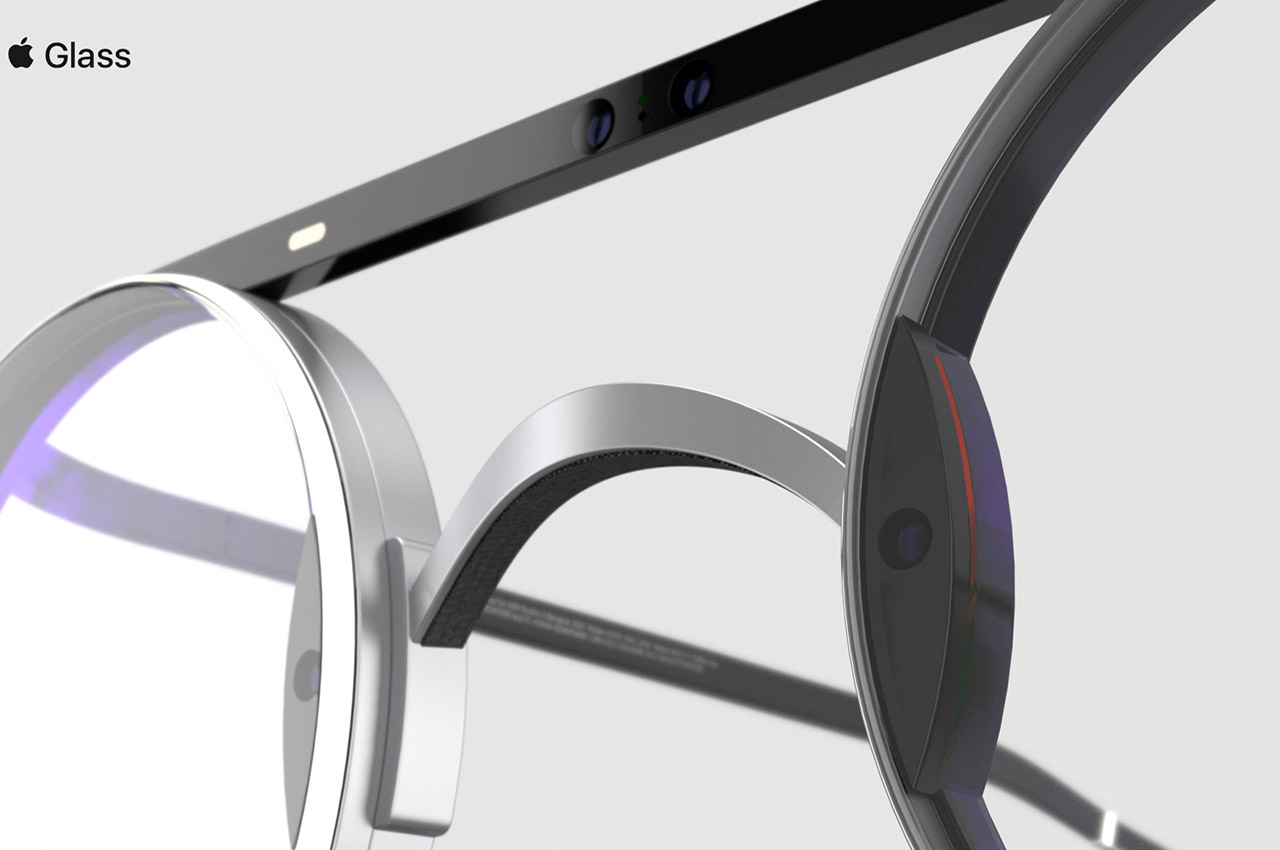
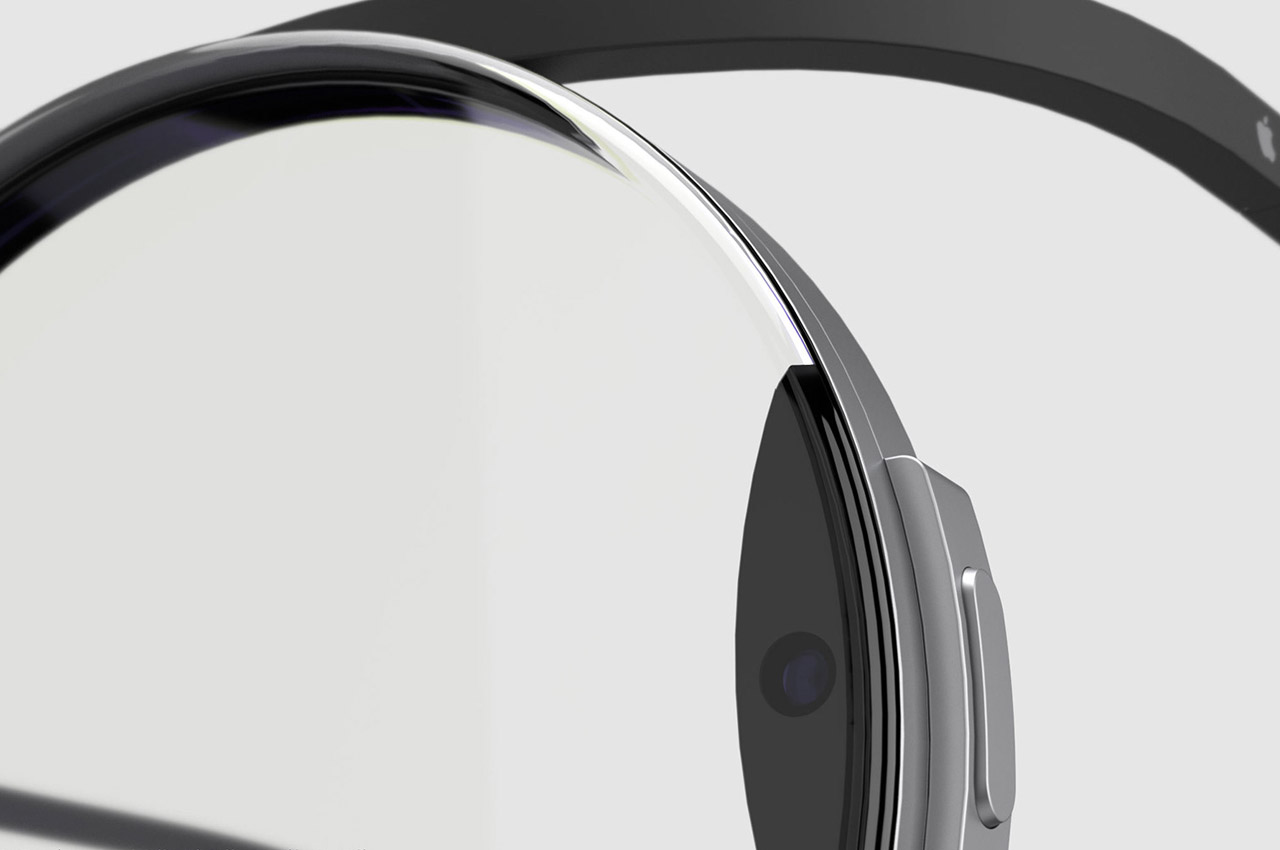
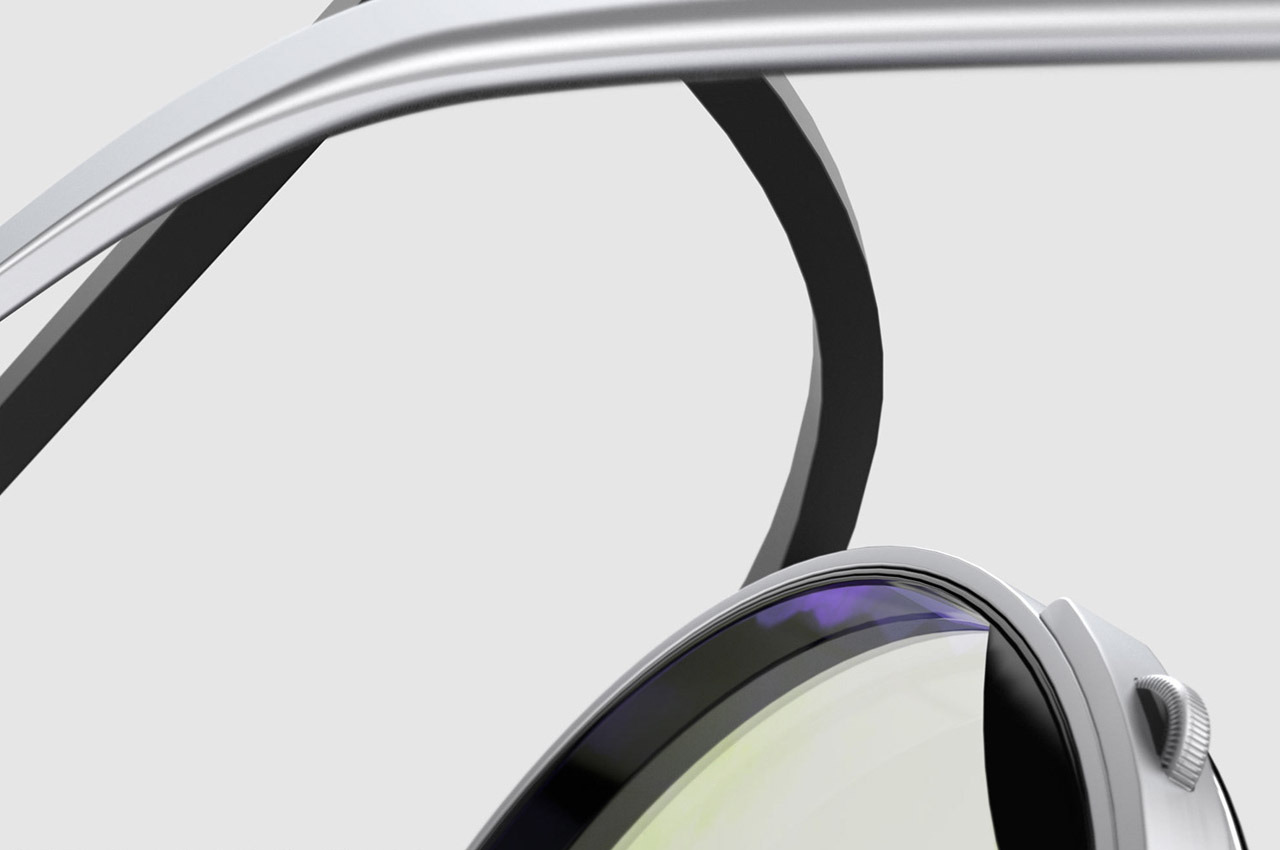
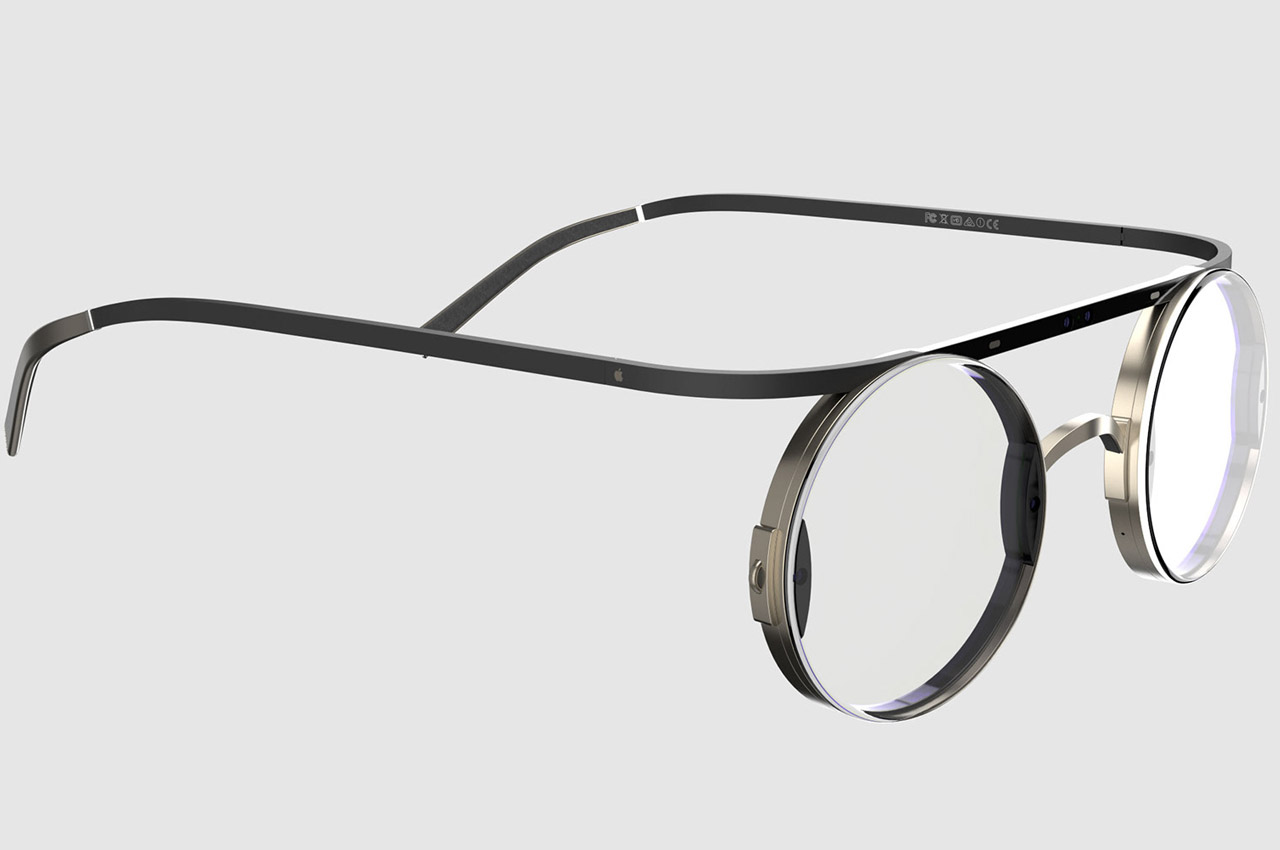
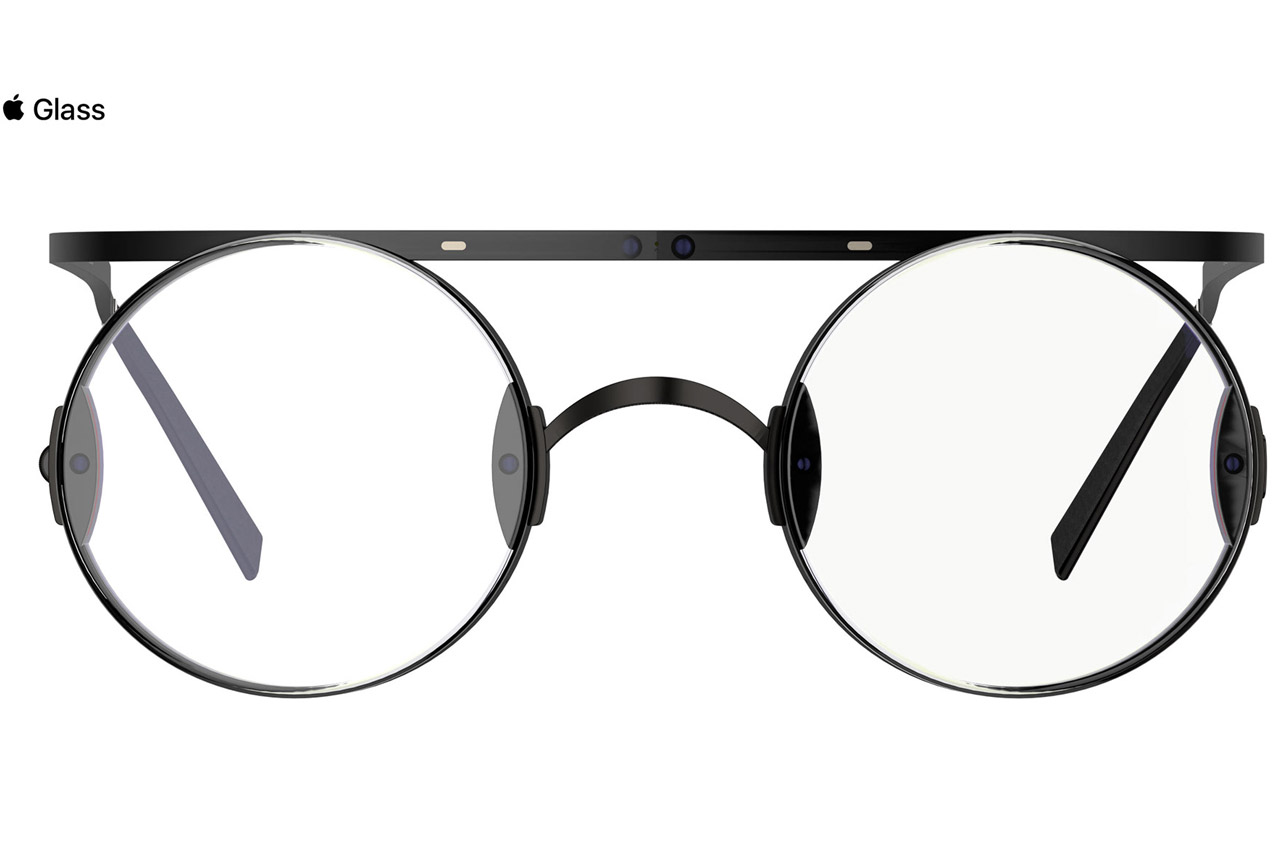
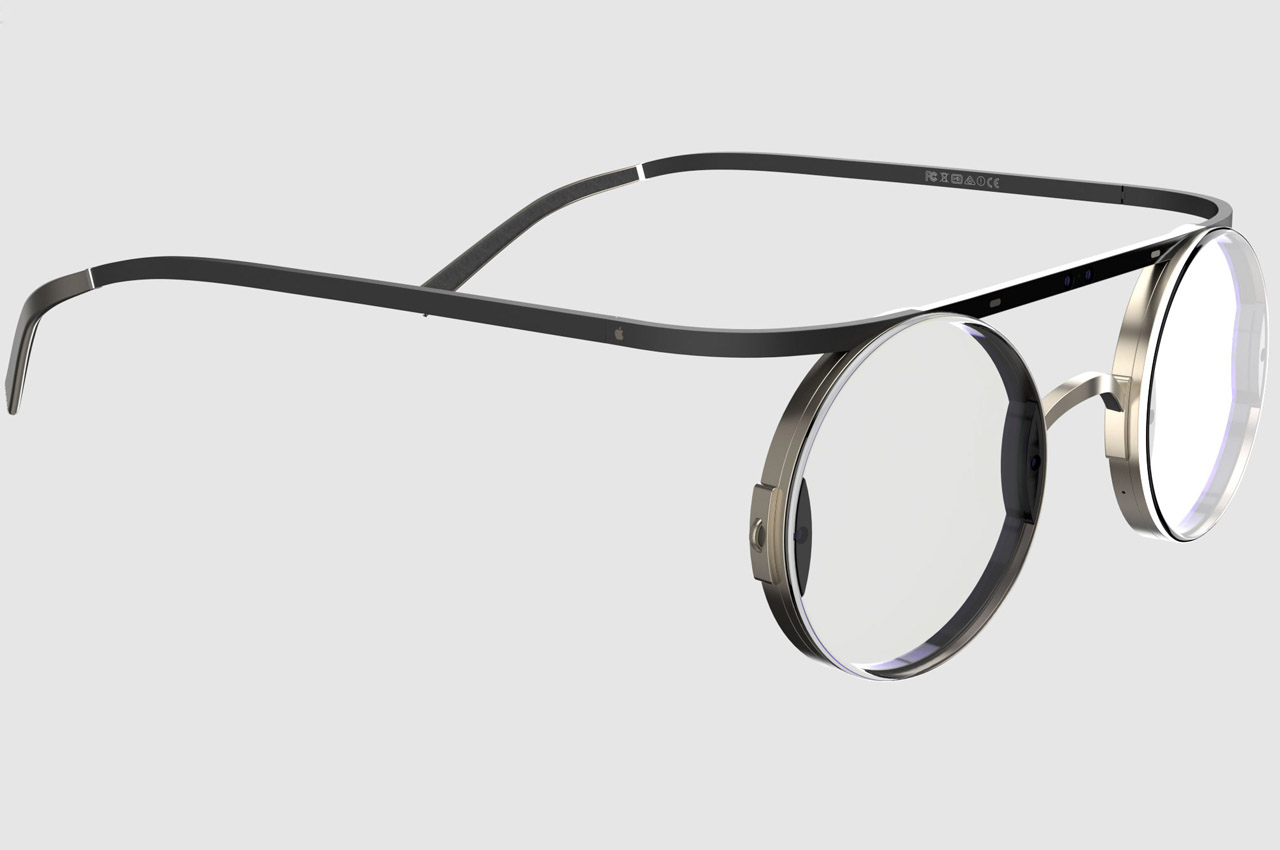
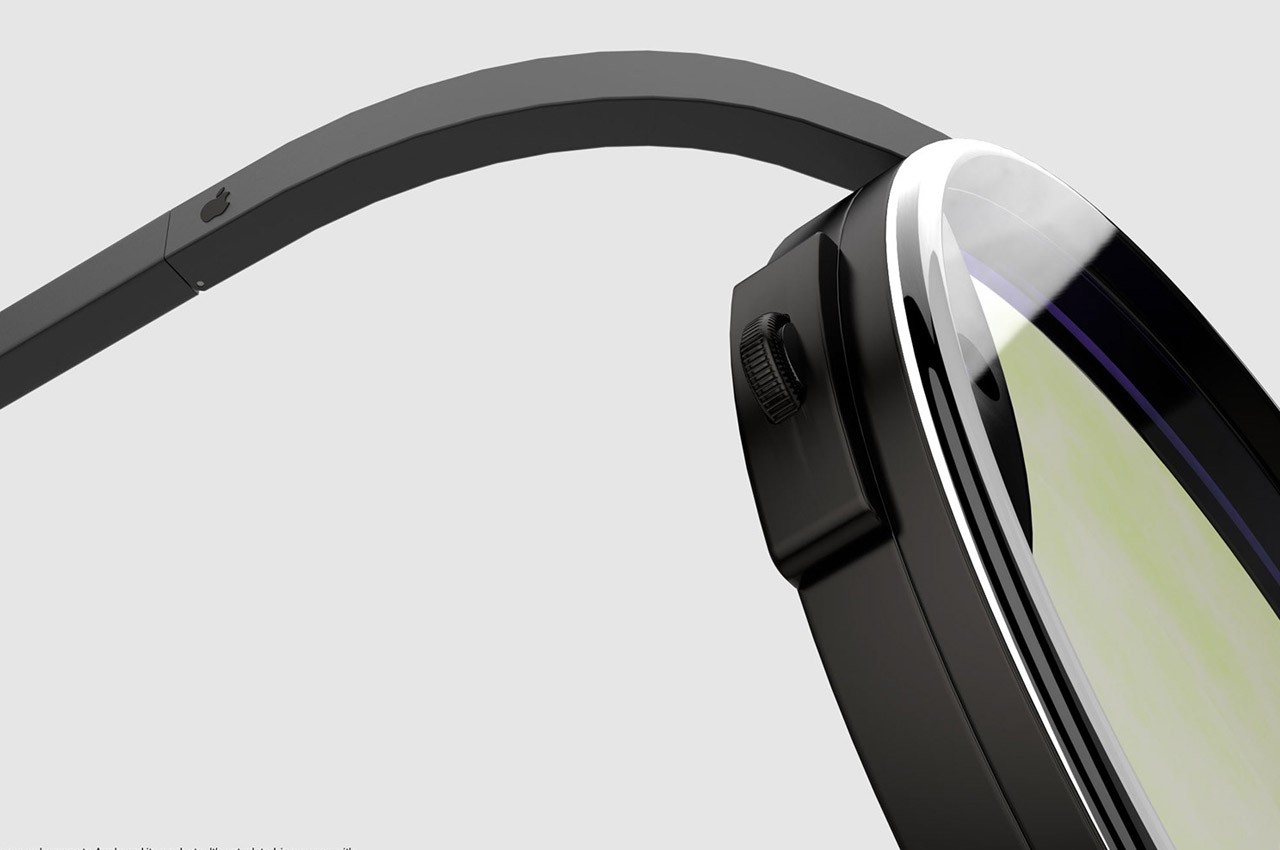
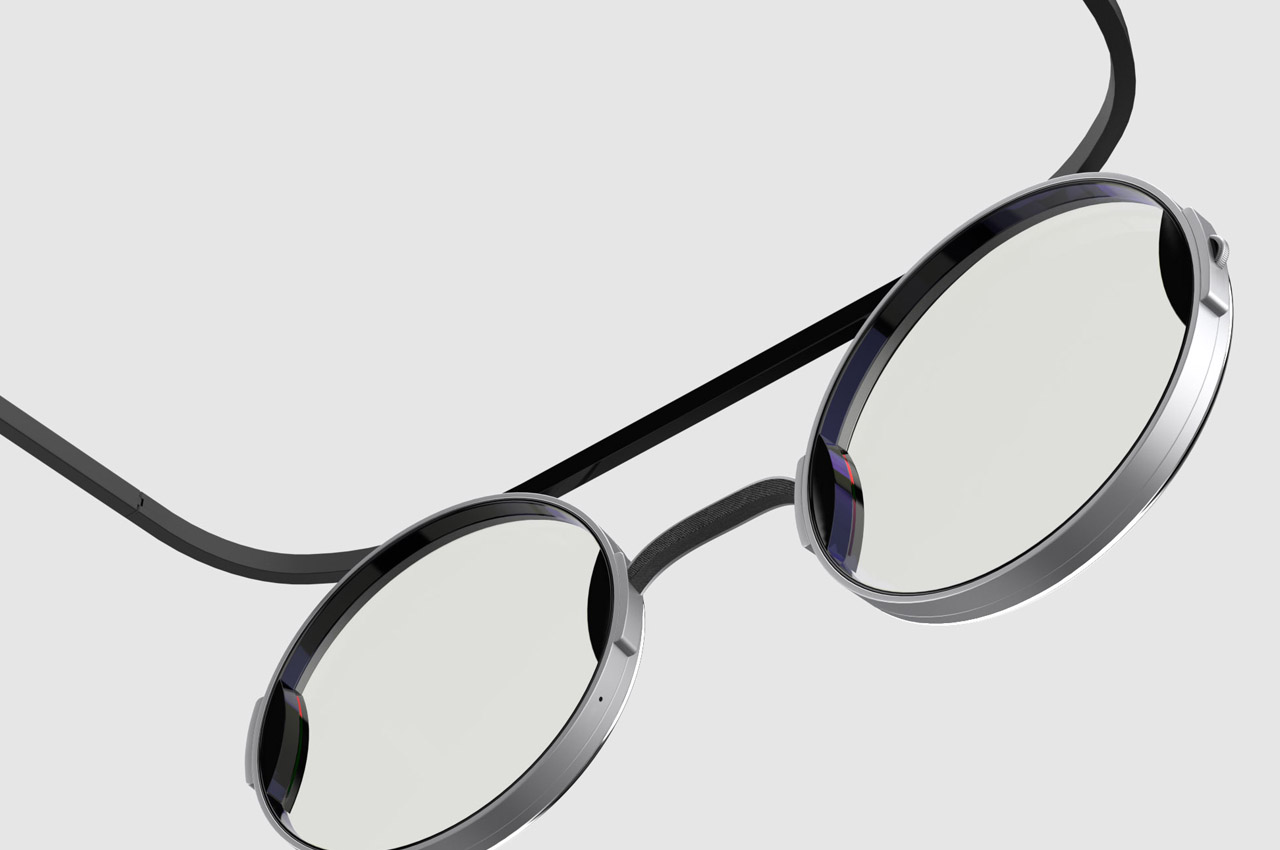
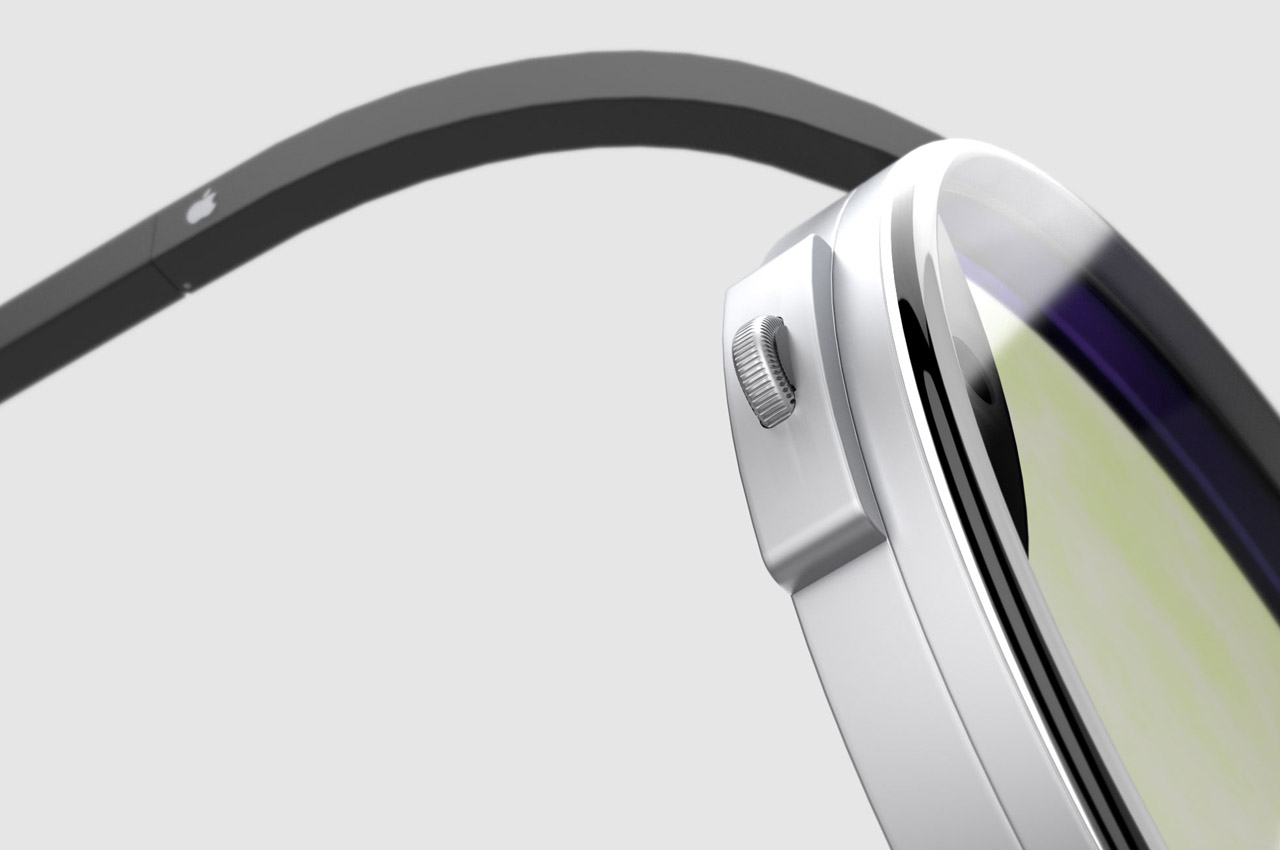
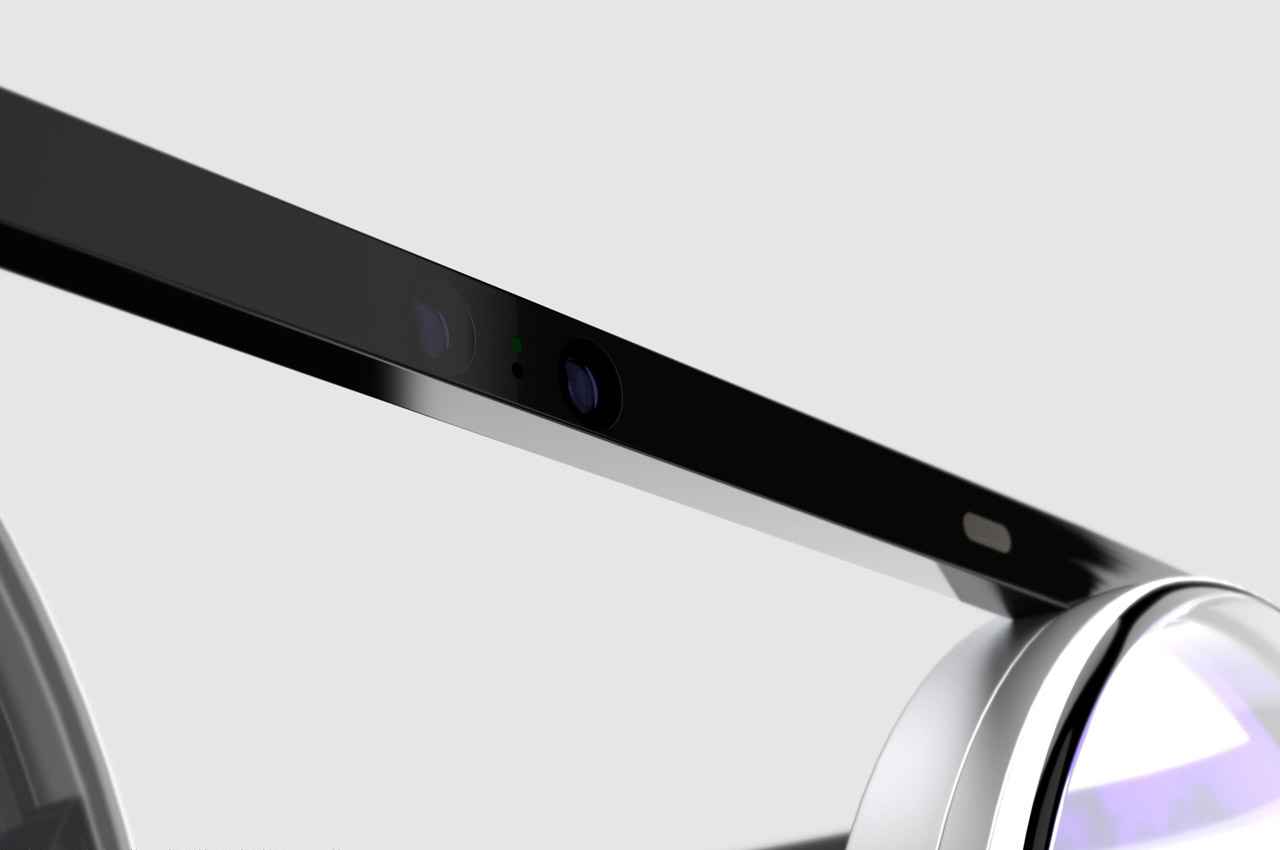
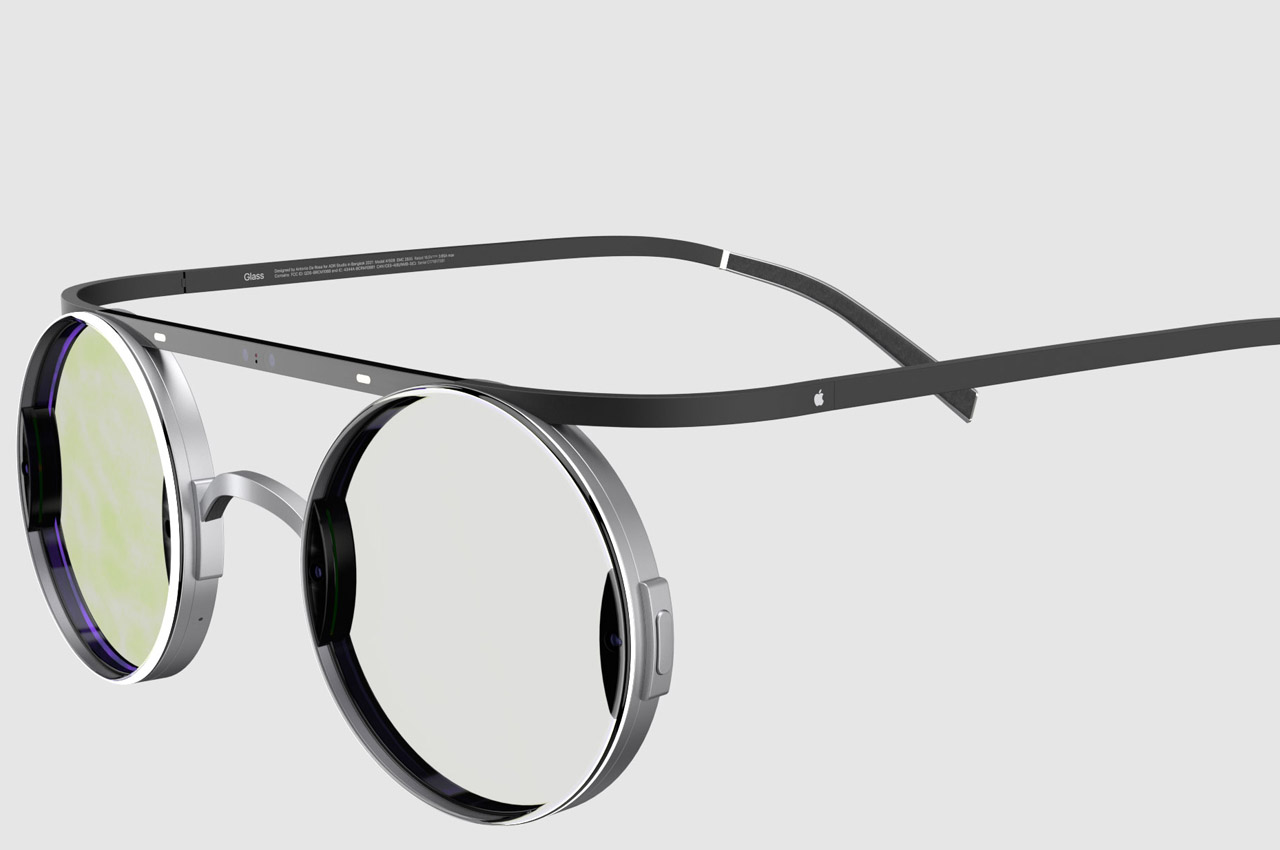
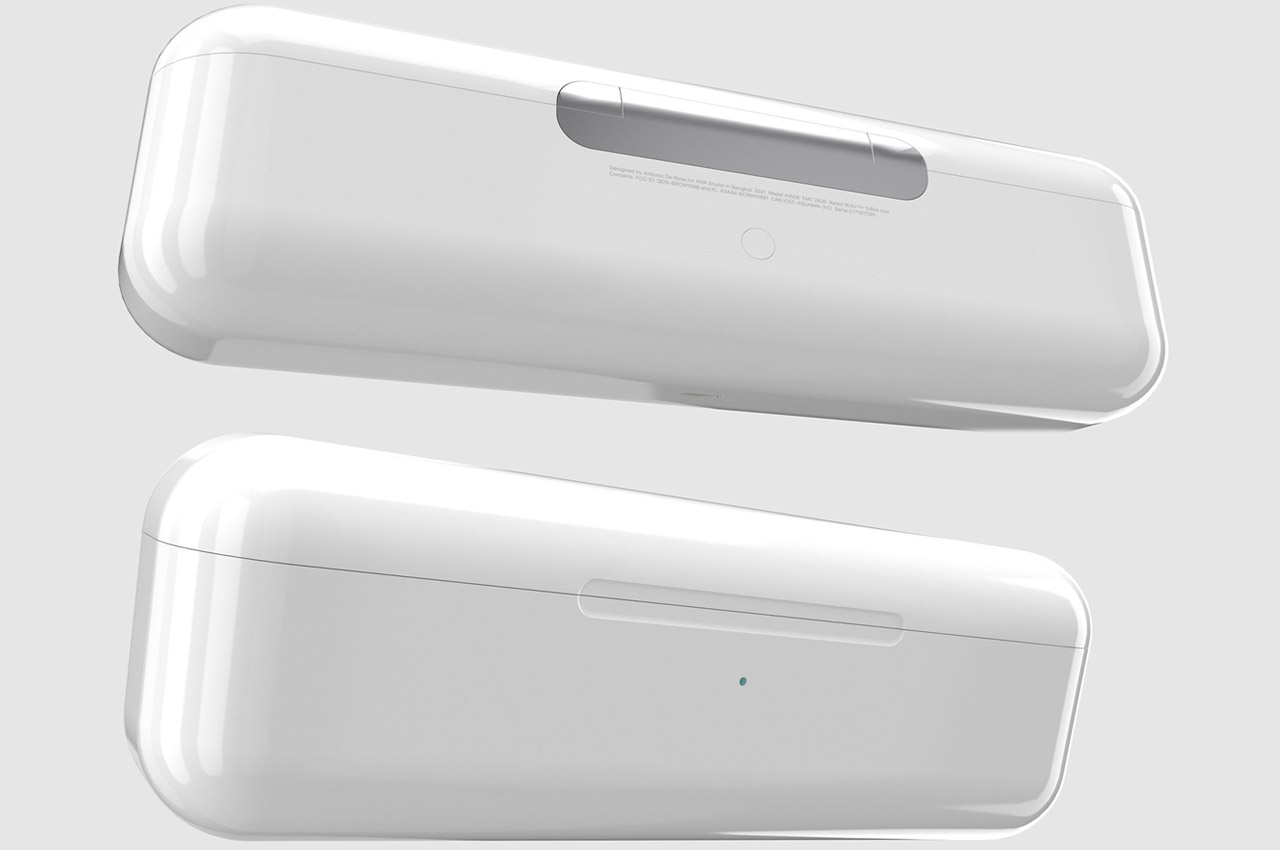
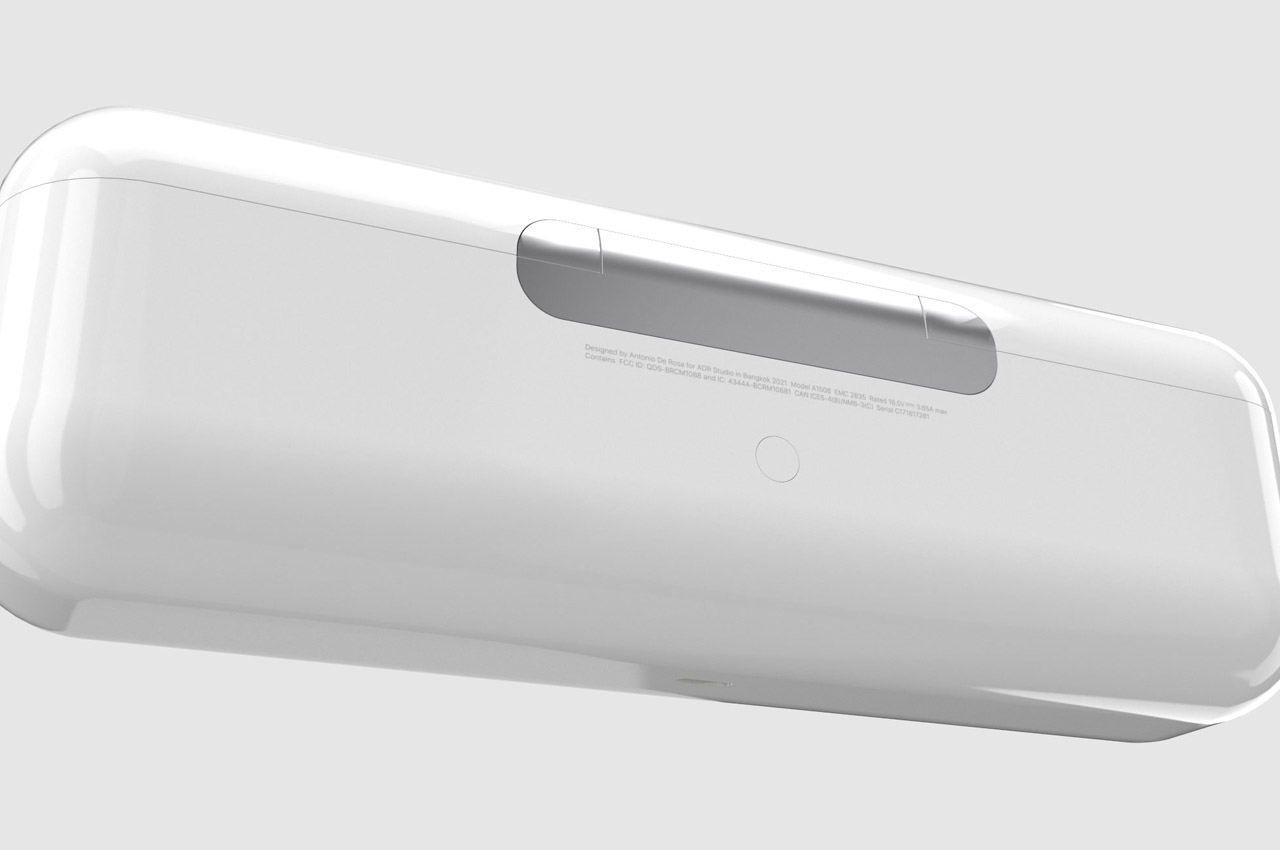
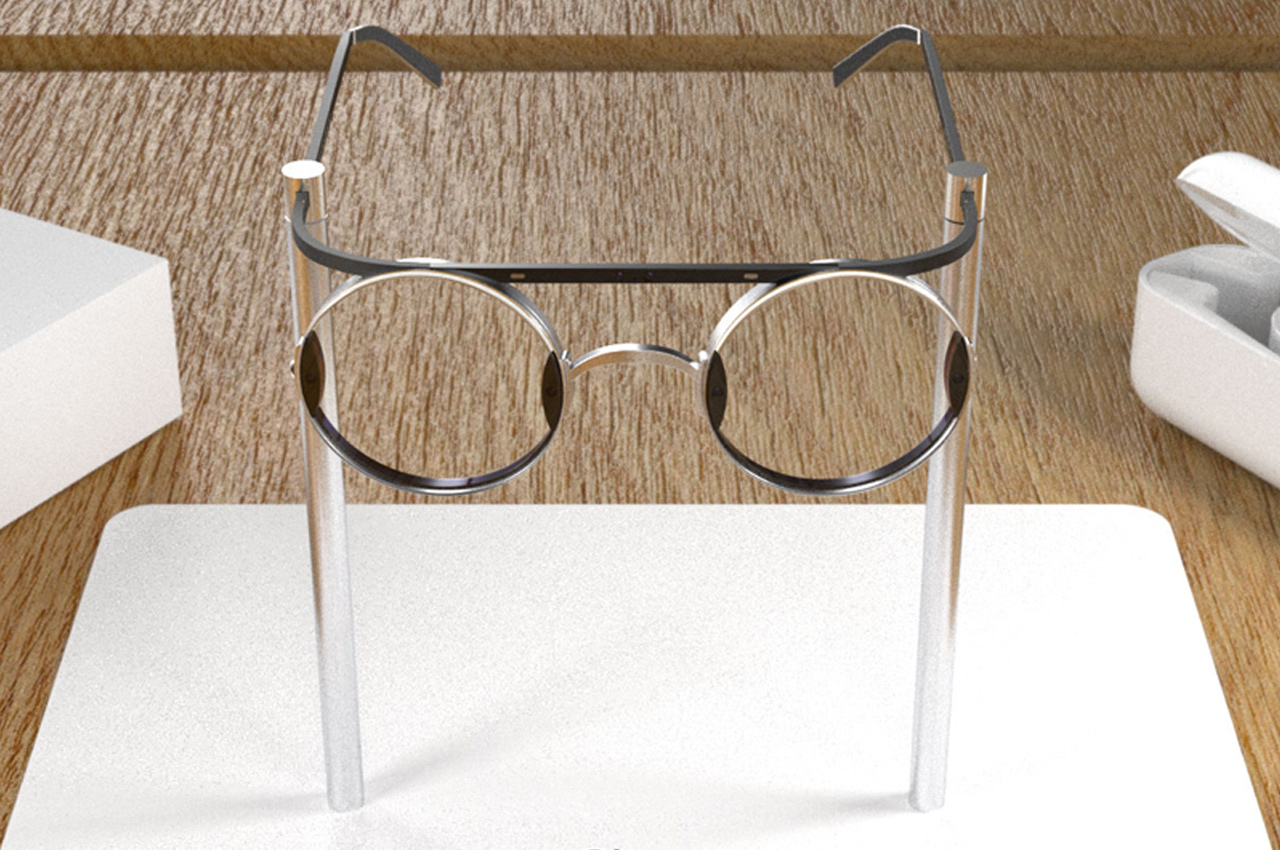






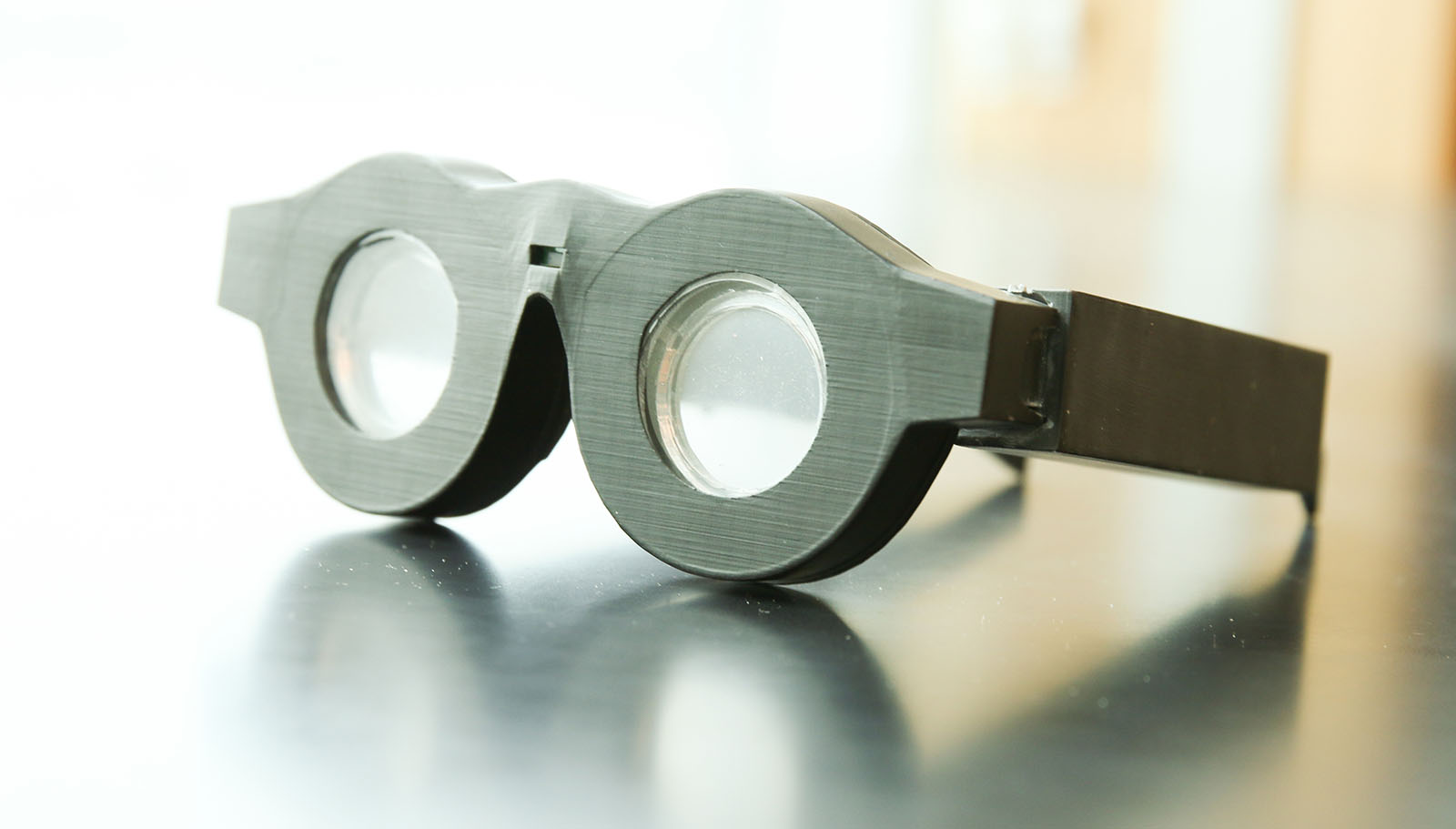 They're not very pretty, but prototype eyeglasses from University of Utah scientists could make progressive lenses obsolete for older people. Using electronically activated lenses and infrared distance meters, they can focus automatically on whatever...
They're not very pretty, but prototype eyeglasses from University of Utah scientists could make progressive lenses obsolete for older people. Using electronically activated lenses and infrared distance meters, they can focus automatically on whatever...









